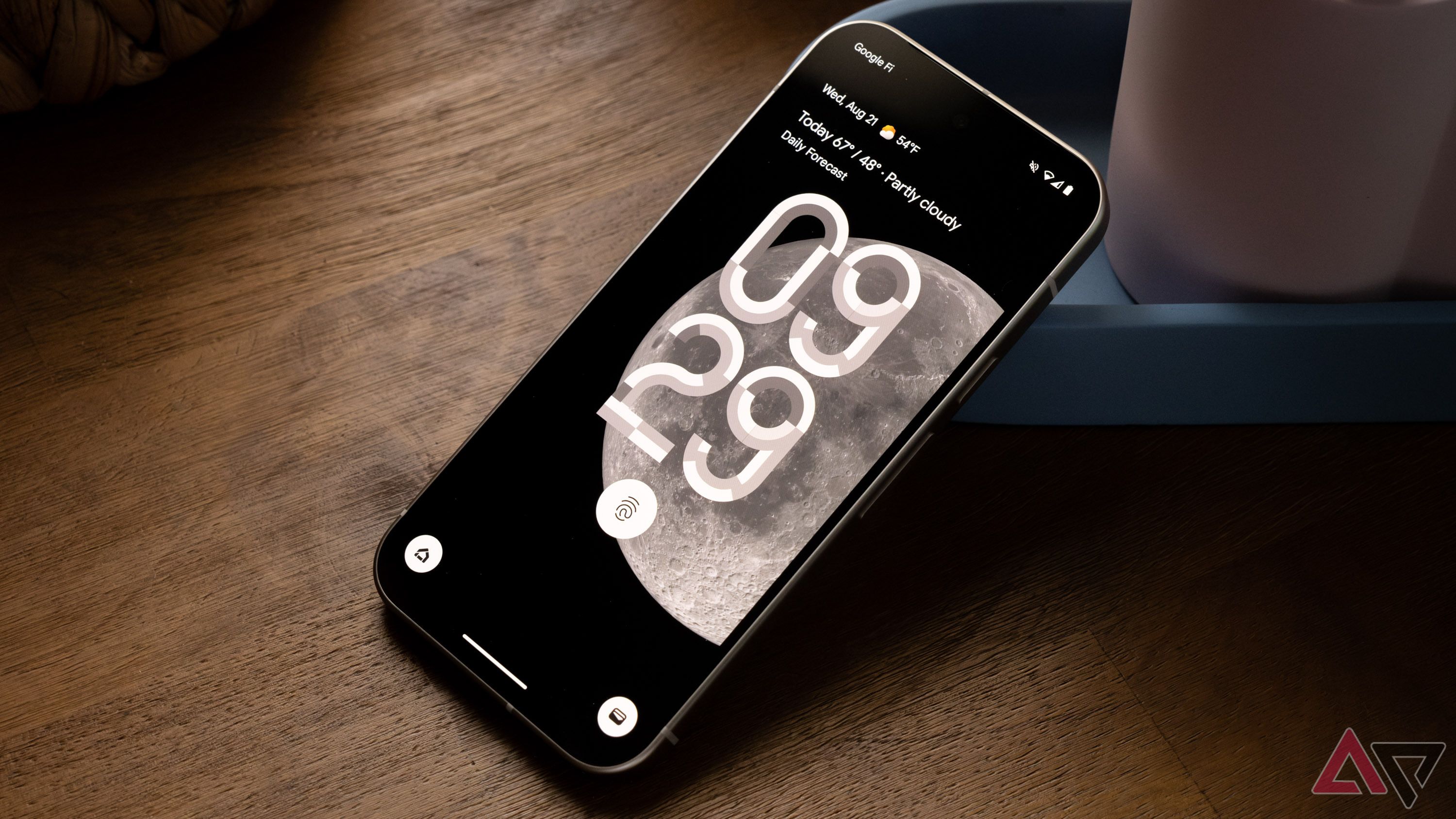
Read our review
Review: The Google Pixel 9 makes me question if I need to go Pro
The Pixel 9 has everything most people want from a phone
The Google Pixel 9 series is Google’s latest line of smartphones. There’s a phone for everyone, whether you want a no-frills flagship-level phone, a pro phone with an outstanding camera system, or the best foldable technology. After getting a new Google Pixel 9 device, customize it so that it feels like yours. Google includes numerous options to let you customize the look and feel of your Pixel 9 home screen.
Modify your wallpaper
A common way people customize their smartphones is by changing the wallpaper. Google makes this easy on Pixel devices.
- Tap and hold an empty area of your home screen.
- Choose the Wallpaper & style option in the pop-up menu.
- Select More wallpapers.
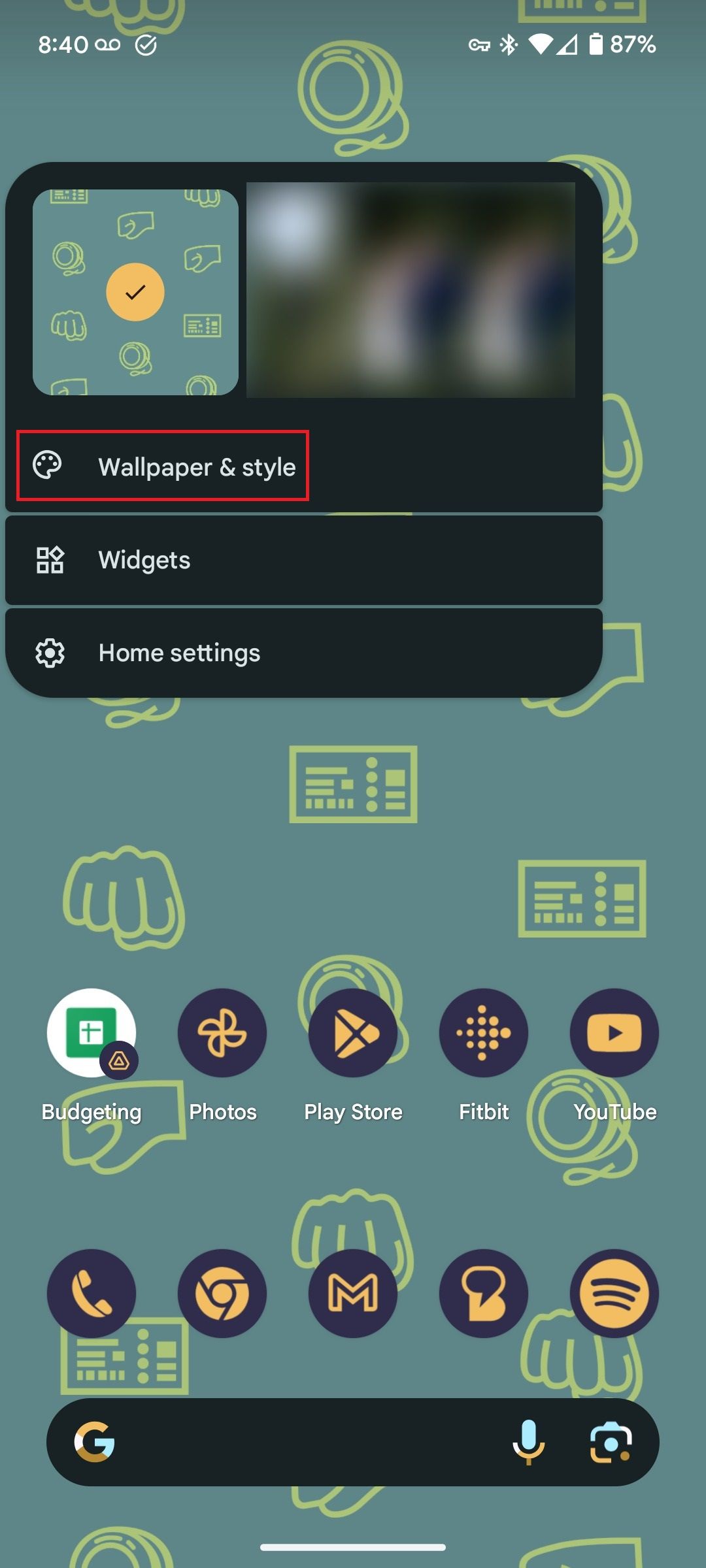
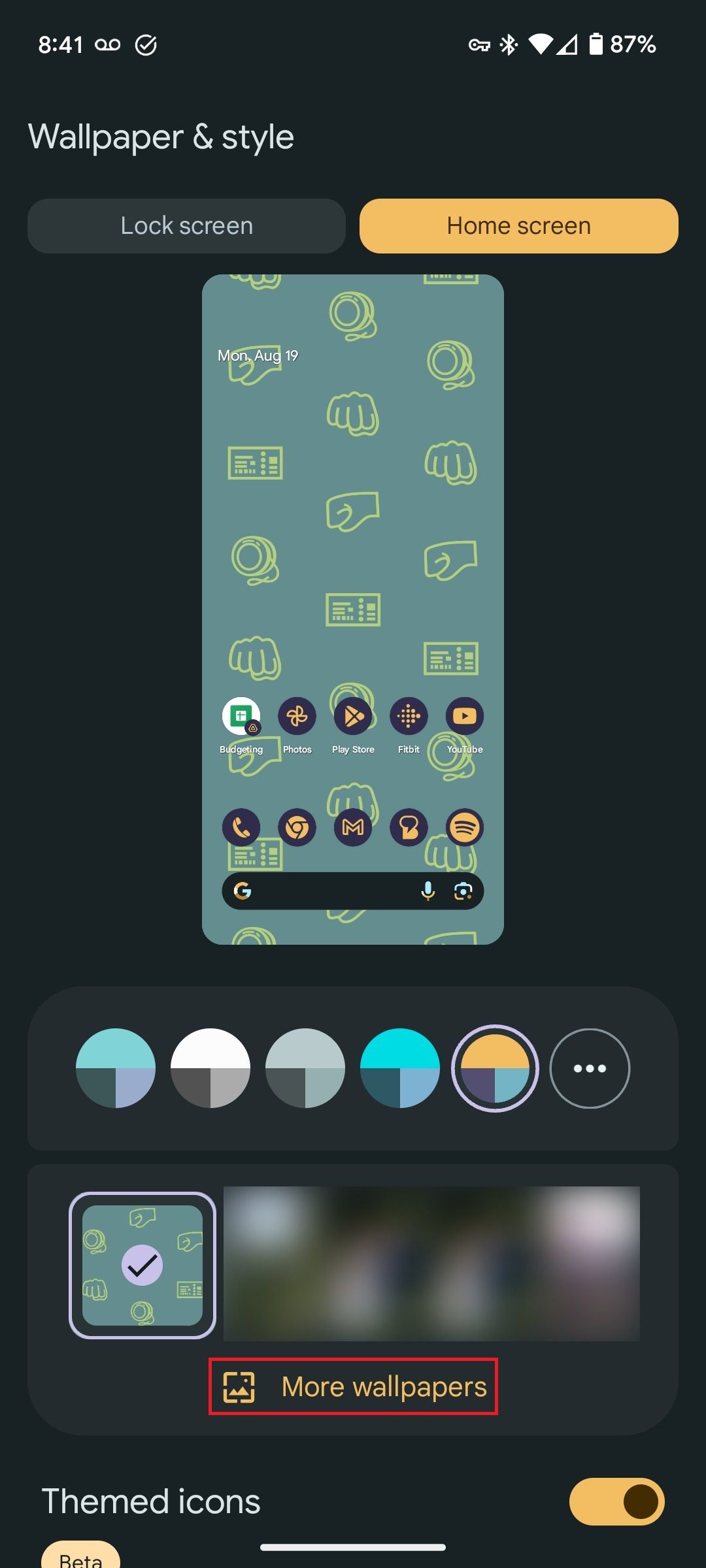
- Select a wallpaper from your photos library, choose from pre-assembled collections from Google, or create a wallpaper with emojis or Gemini.
- After choosing a wallpaper, a preview appears on your home screen and lock screen.
- If you like the selected wallpaper, tap Set wallpaper.
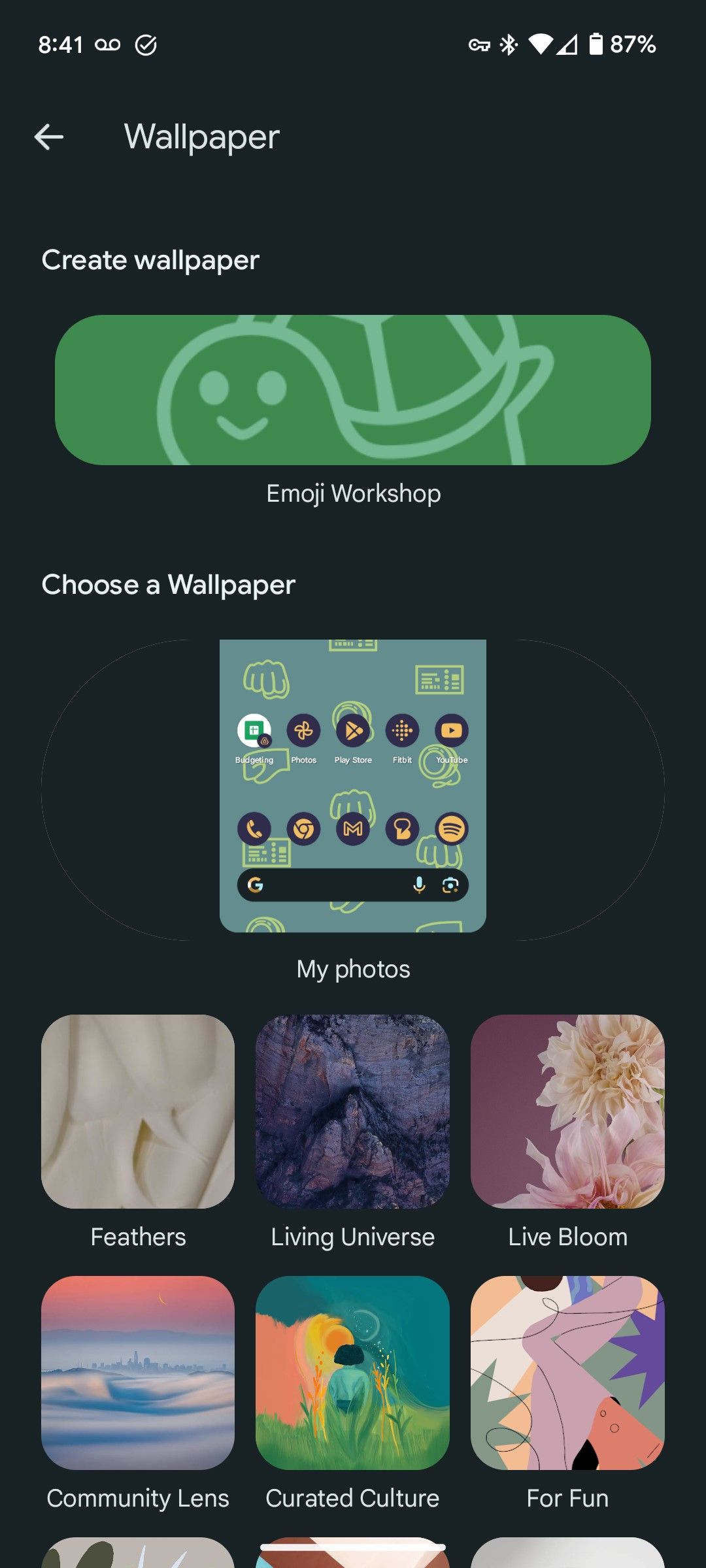
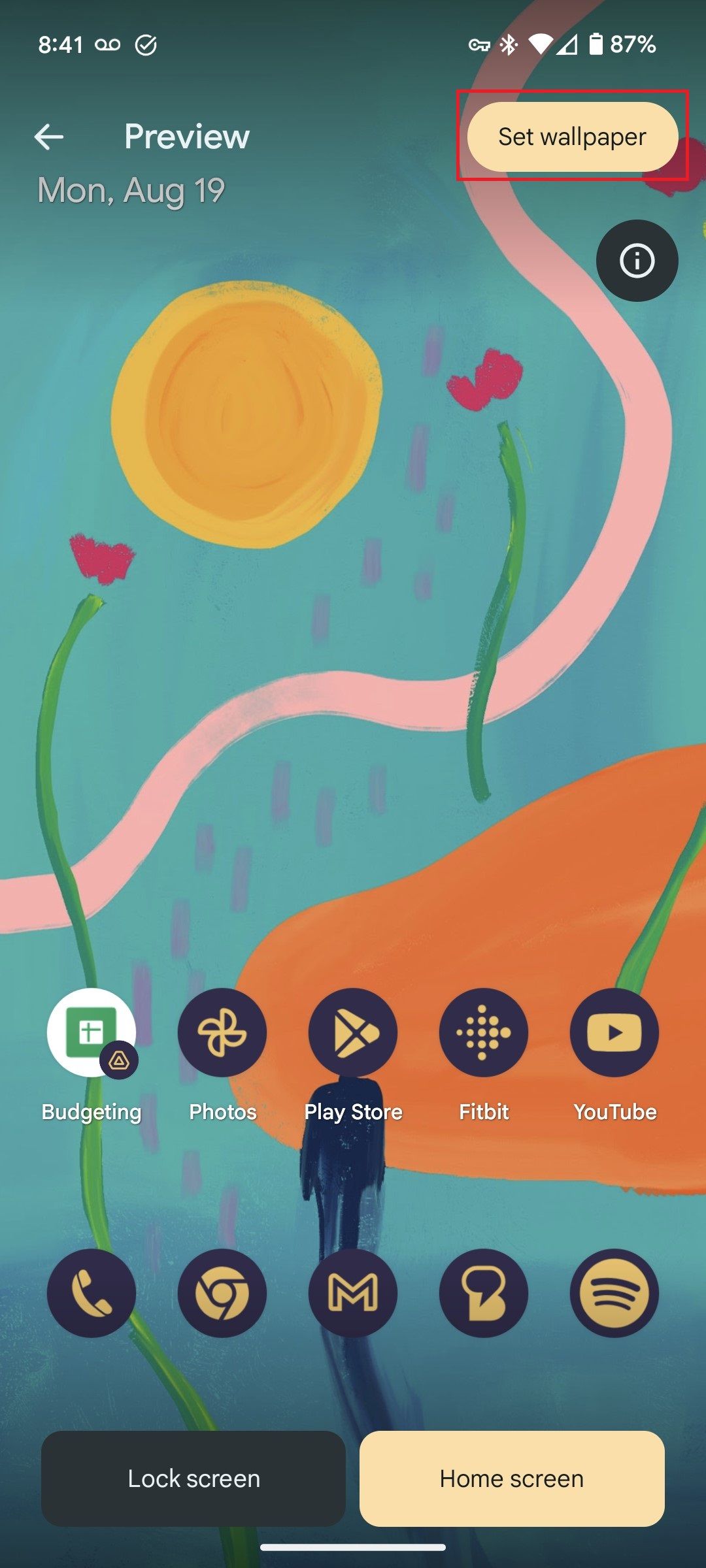
- Select an option to place the wallpaper on your home screen, lock screen, or both.
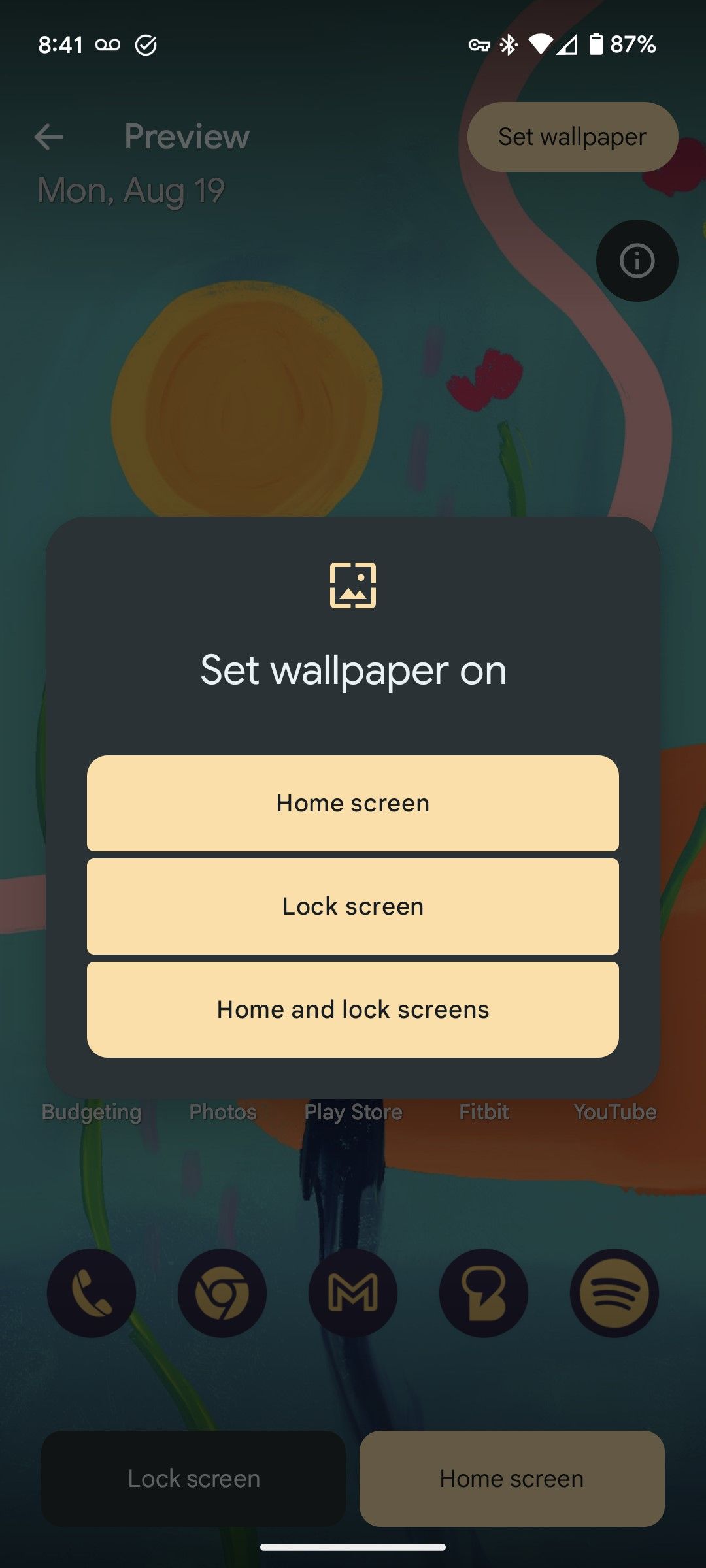
Now, your desired wallpaper is anchored to your home screen.
Material You theming
With the release of Android 12, Google added Material You theming to Android. Material You matches the color of your app icons and other UI elements with your wallpaper to give a consistent UI experience.
- Tap and hold an empty area of your home screen.
- Select Wallpaper & style.
- To make your app icons match the theming, scroll to the bottom and turn on Themed icons.

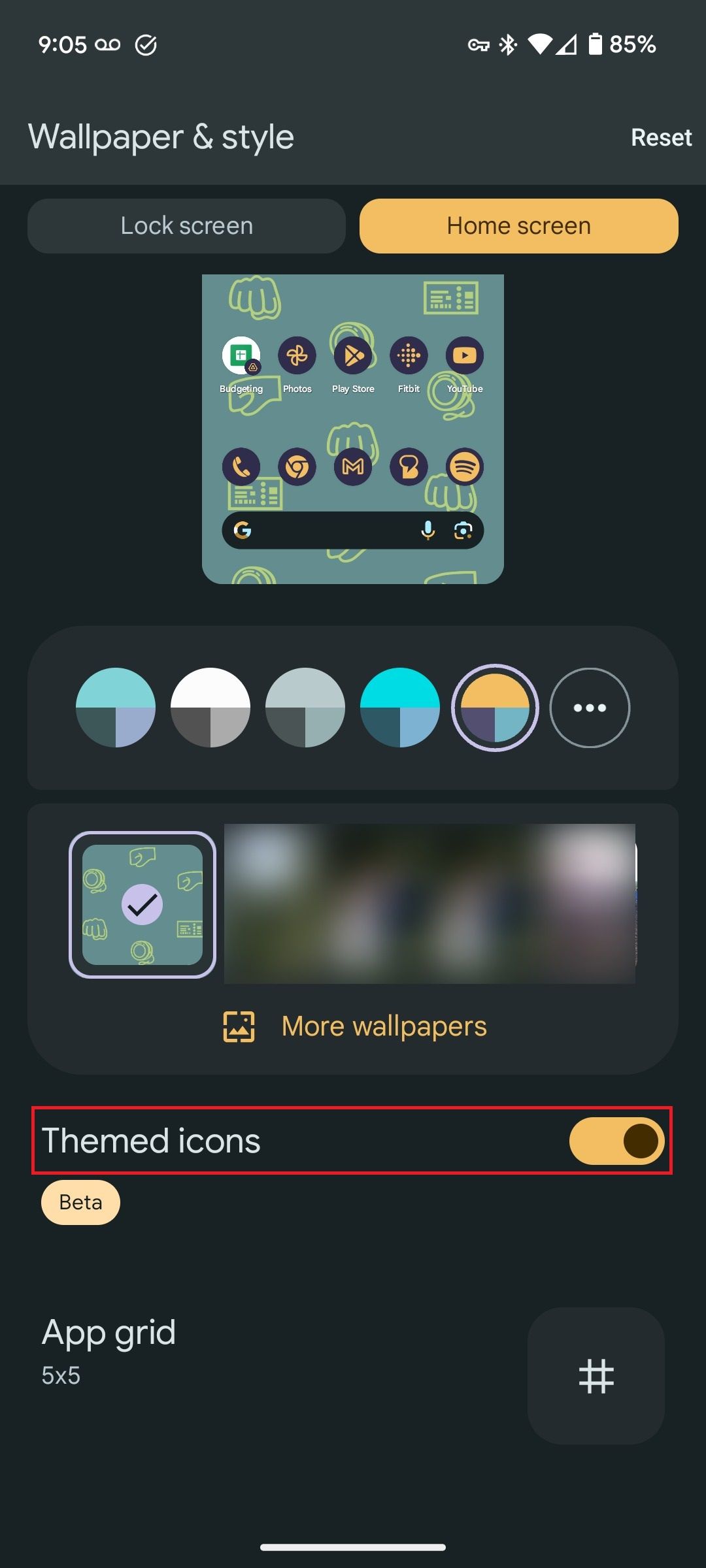
- A few color palettes appear under your home screen preview. Tap the circle with three dots next to the Material You theme you want to use.
- You’ll see the color palettes your phone pulled from your wallpaper. Tap a color palette to select it.
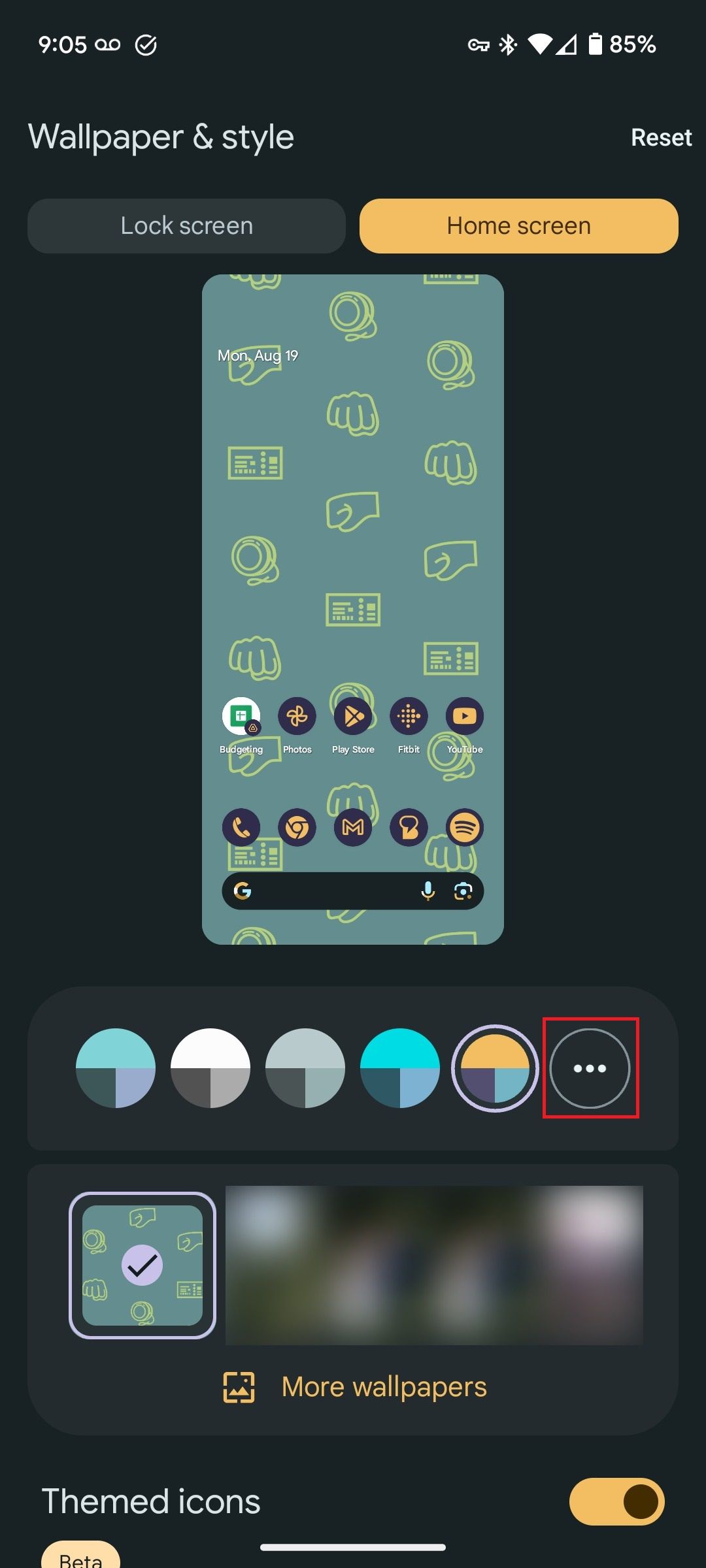
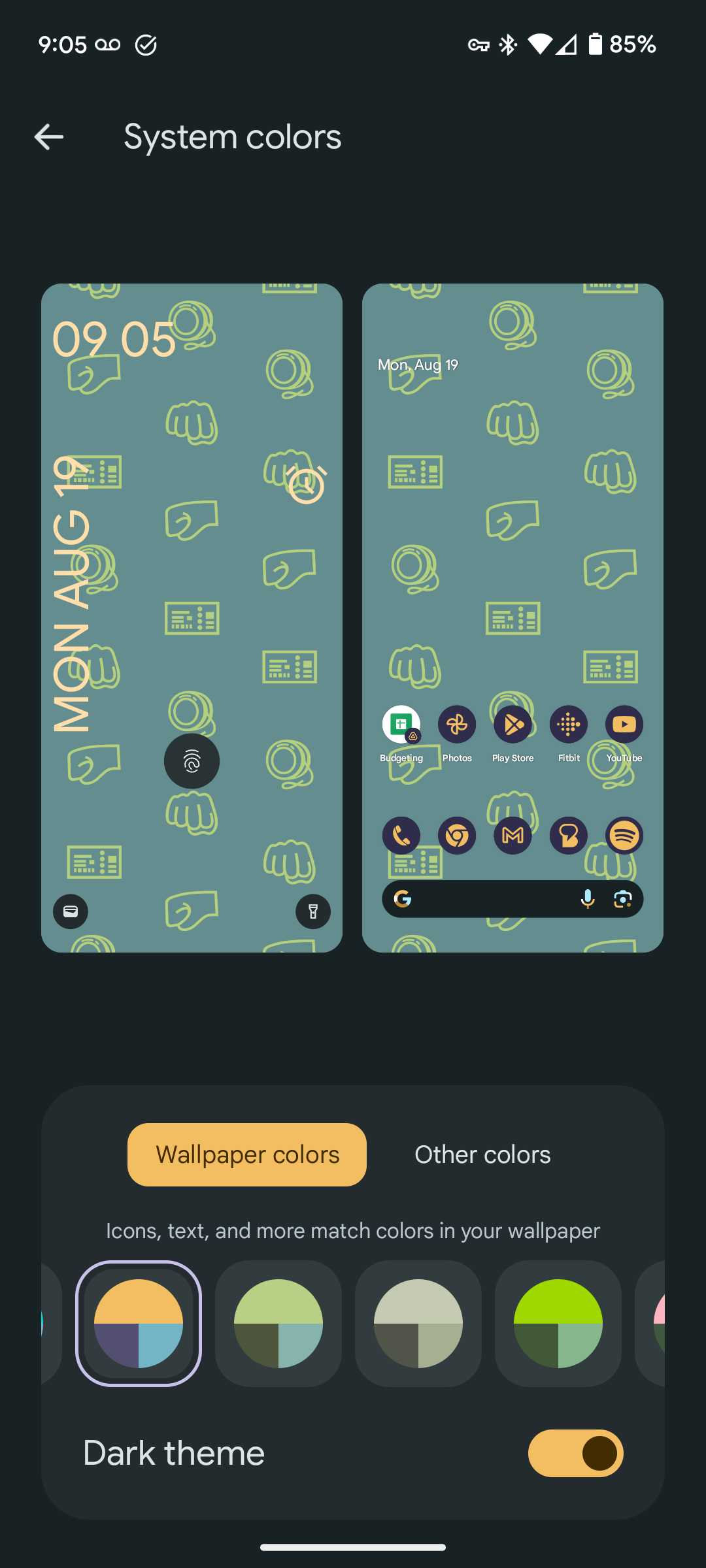
- If you prefer a single color instead of an entire palette, tap Other colors and choose a color.
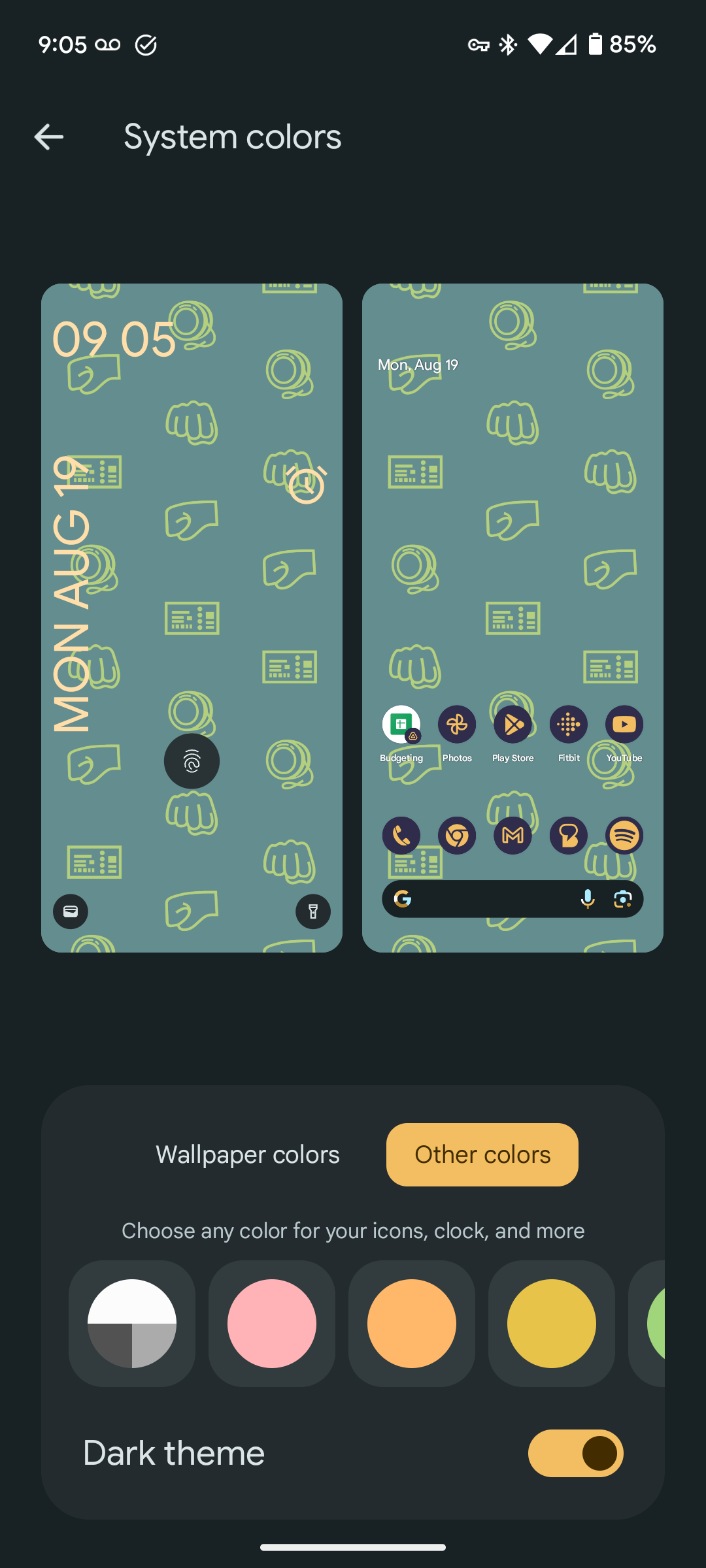
Your home screen app icons, settings menus, and more now have Material You theming.
Modify the apps on your home screen
Your home screen gives you quick access to the apps you use often, and the default options may not be the best for you. Here’s how to remove apps you don’t want from your home screen.
- On your home screen, tap and hold the app you want to remove.
- When you feel a vibration and see a pop-up menu, drag the app icon toward the top of your screen.
- At the top, you’ll see options to remove or uninstall. To keep the app but remove it from your home screen, drag it to Remove. To uninstall it, drag the app icon to Uninstall.
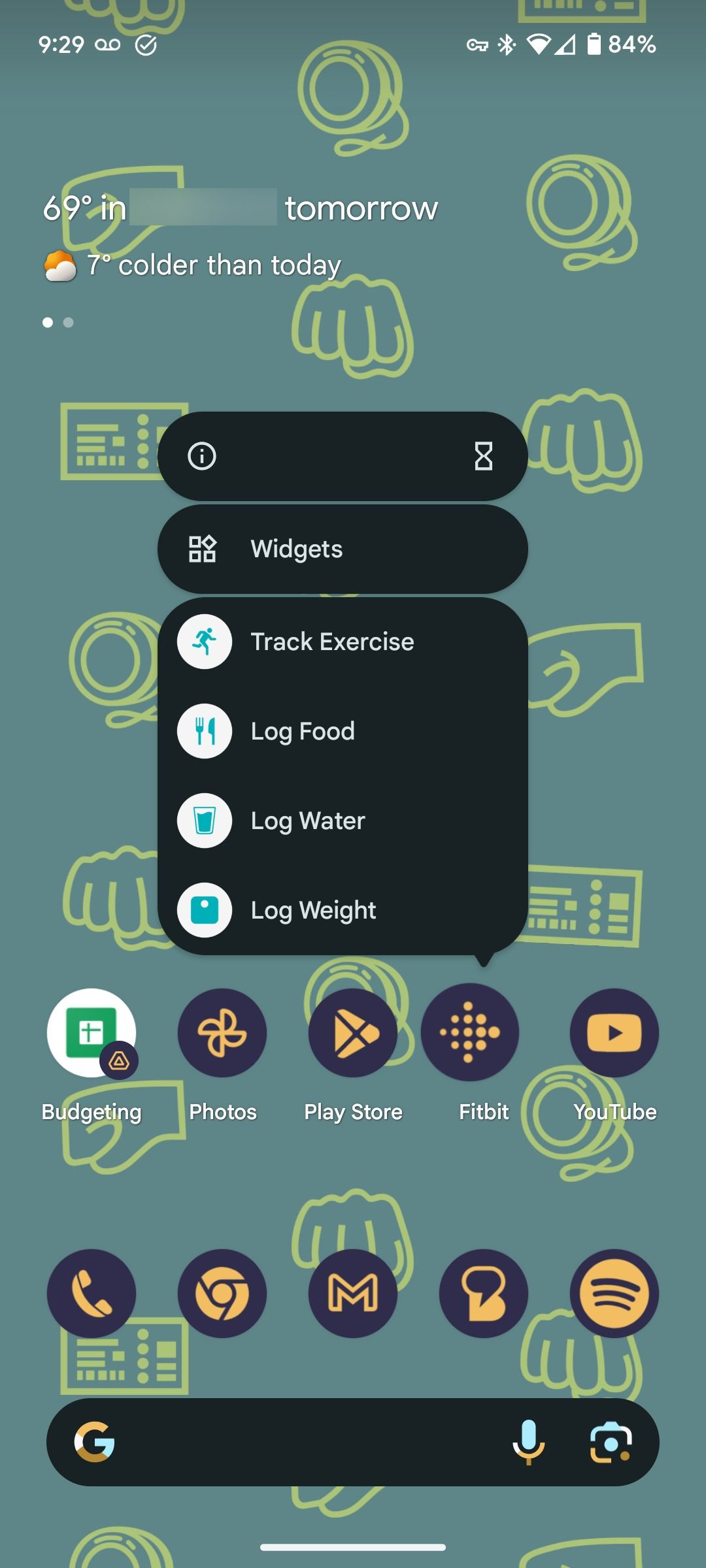
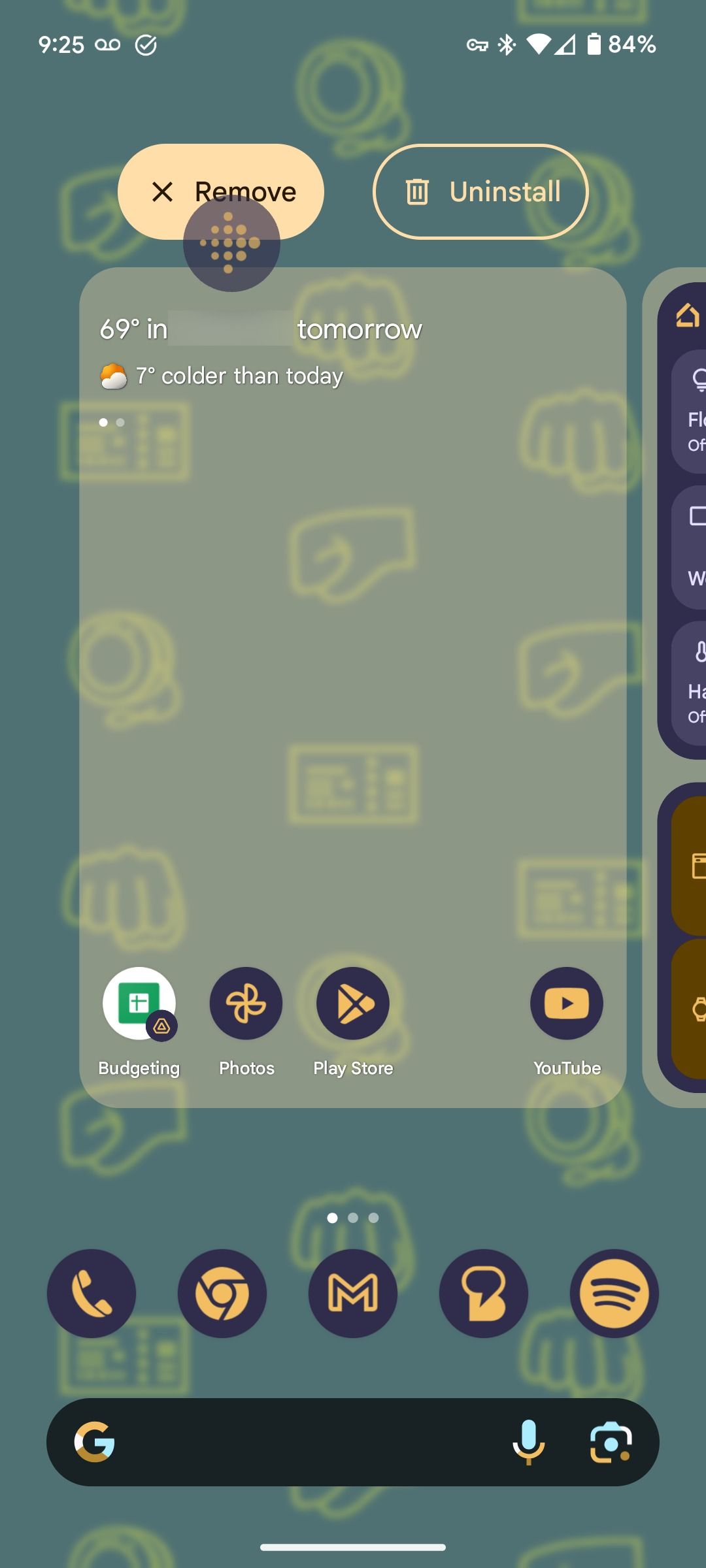
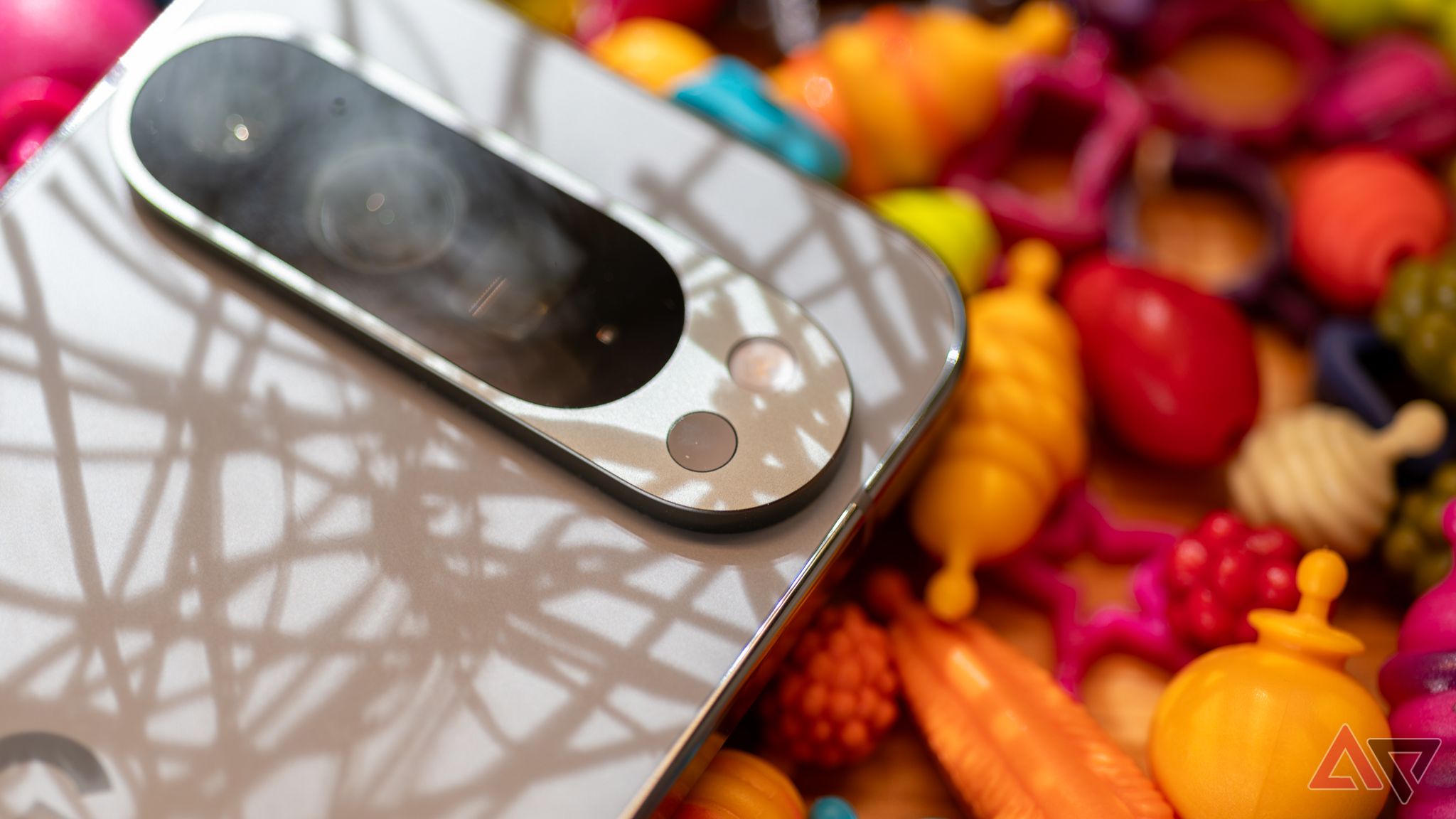
Read our review
Review: The Google Pixel 9 Pro XL may be the best Android phone I’ve ever used
Google’s big flagship earns its $100 price bump and then some.
Now, add the apps you want to your home screen.
- Go to your app drawer and tap and hold the app icon you want to add to your home screen.
- After your phone vibrates and displays a menu, drag the app icon to the top of your screen.
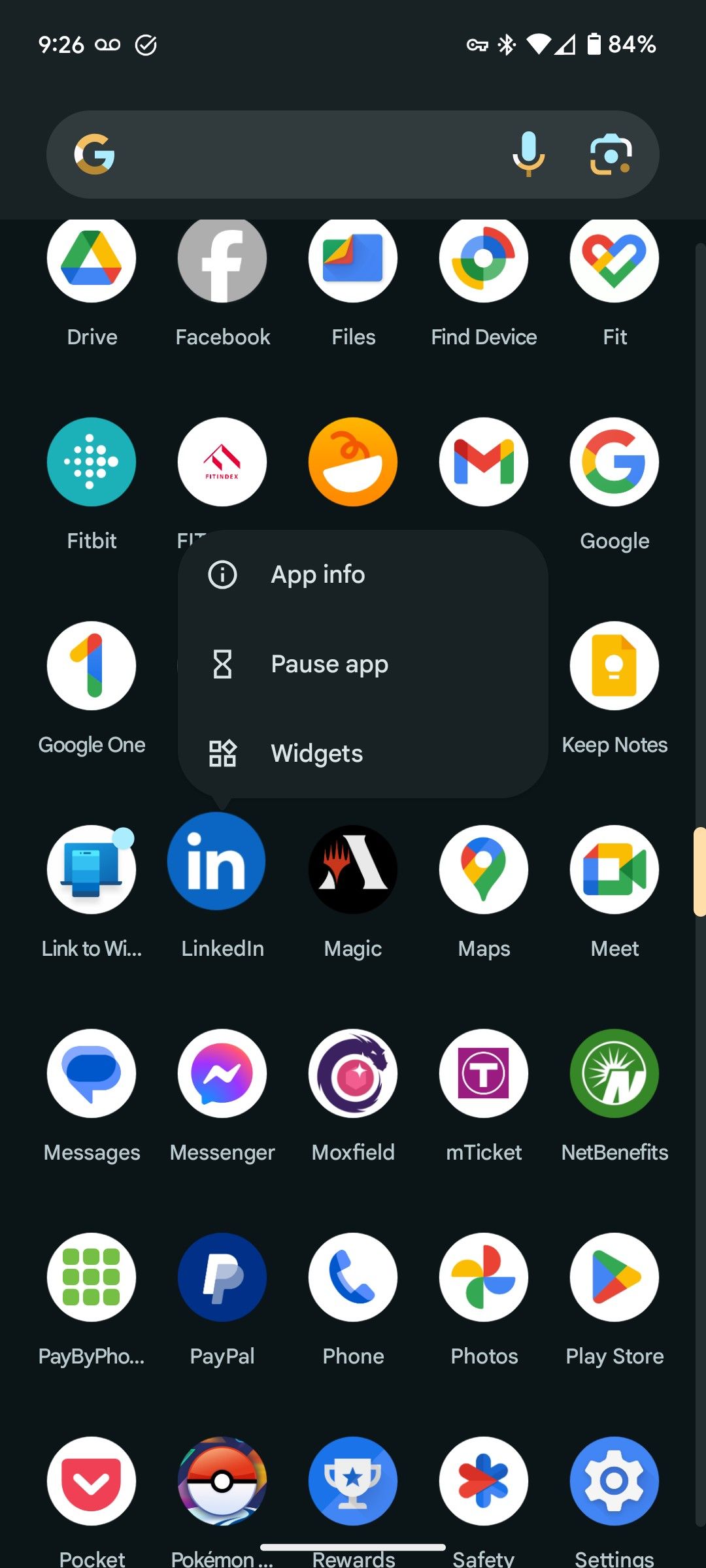
- You’ll see a preview of your home screens. Drag the icon to the place you want it and release it.
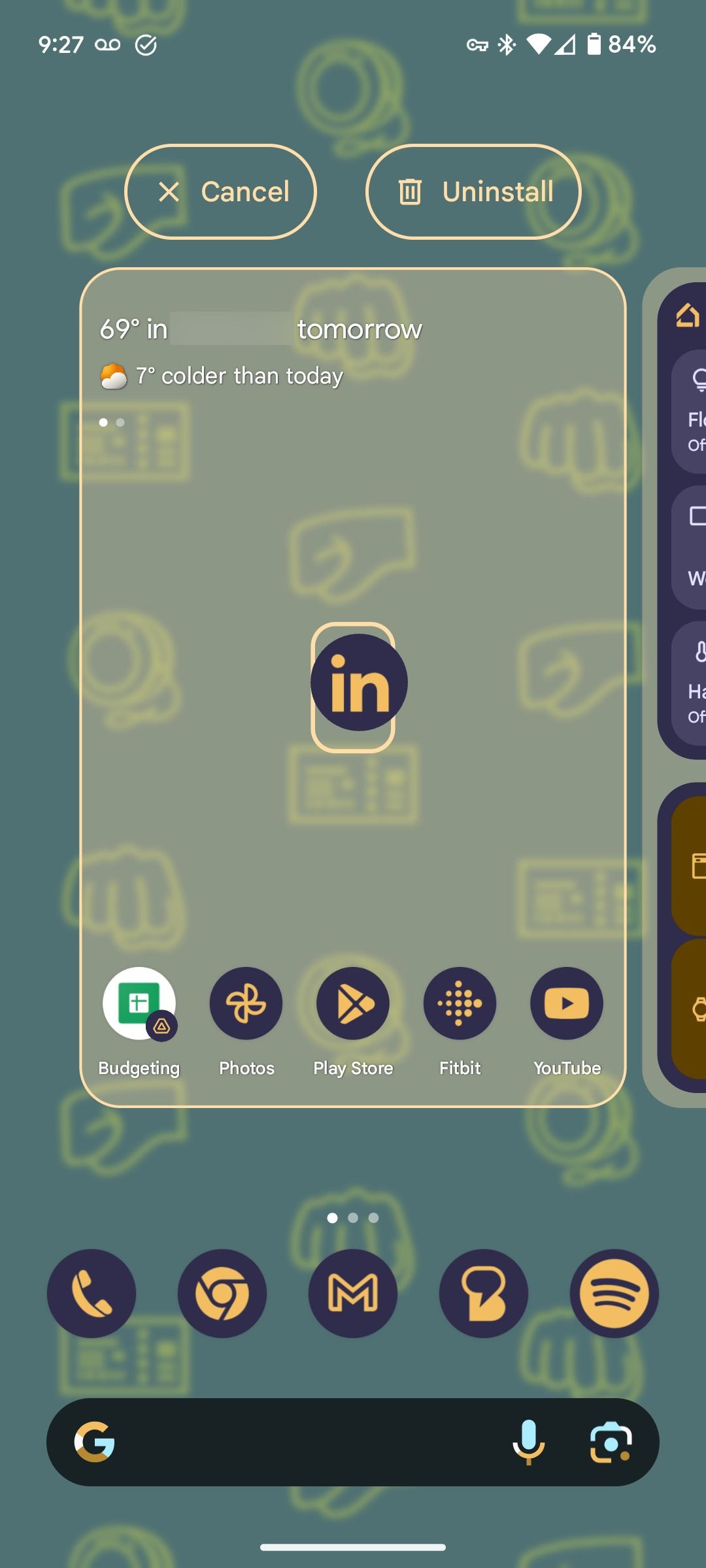
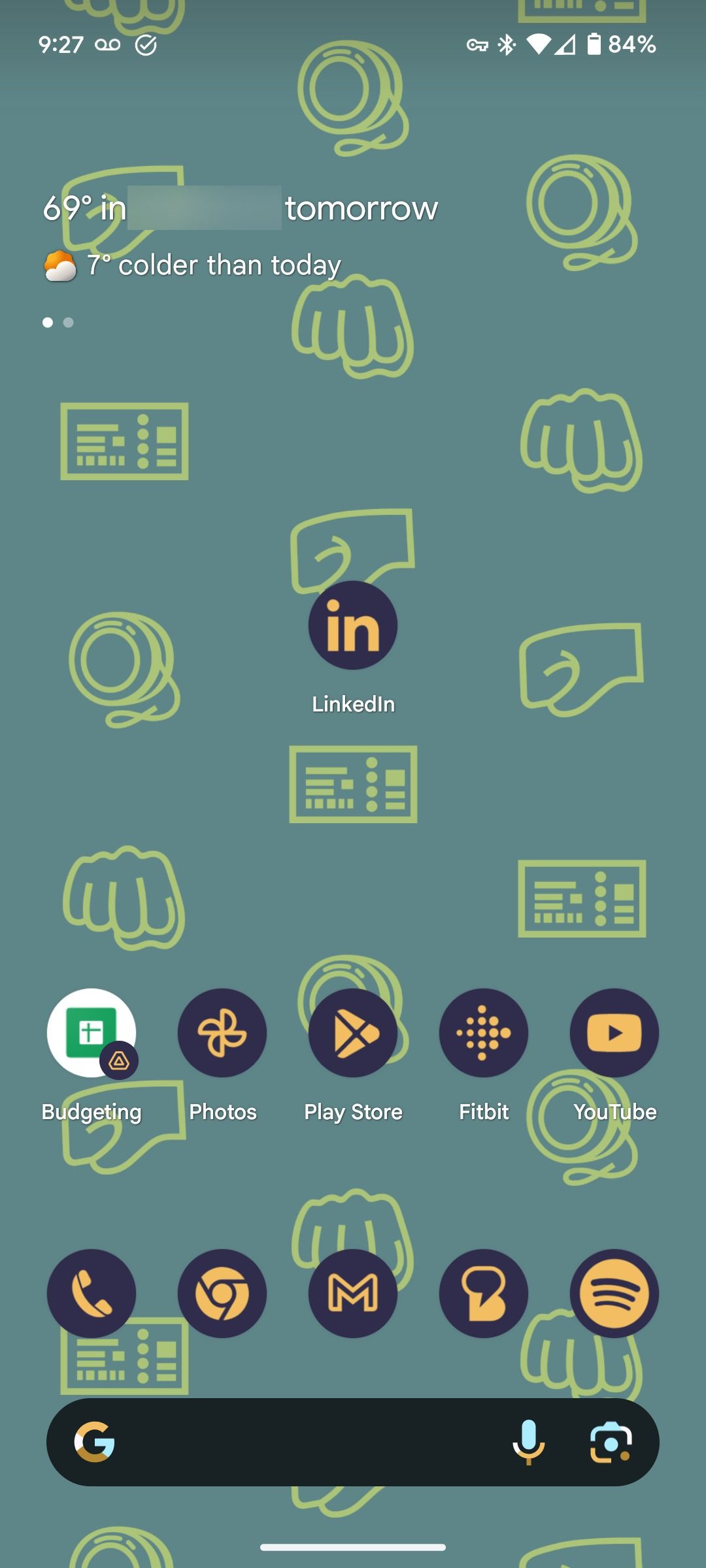
- If you don’t want to move the icon to your home screen, drag it to Cancel at the top of the screen.
The apps you want to see will be on your home screen. If you drag them to the bottom row of icons, also called the shelf, they will be there no matter which home screen page you’re on.
You can also change the size of the app icon grid.
- Tap and hold an empty part of your home screen.
- Select Wallpaper & style from the pop-up menu.
- Scroll to the bottom and select App grid.

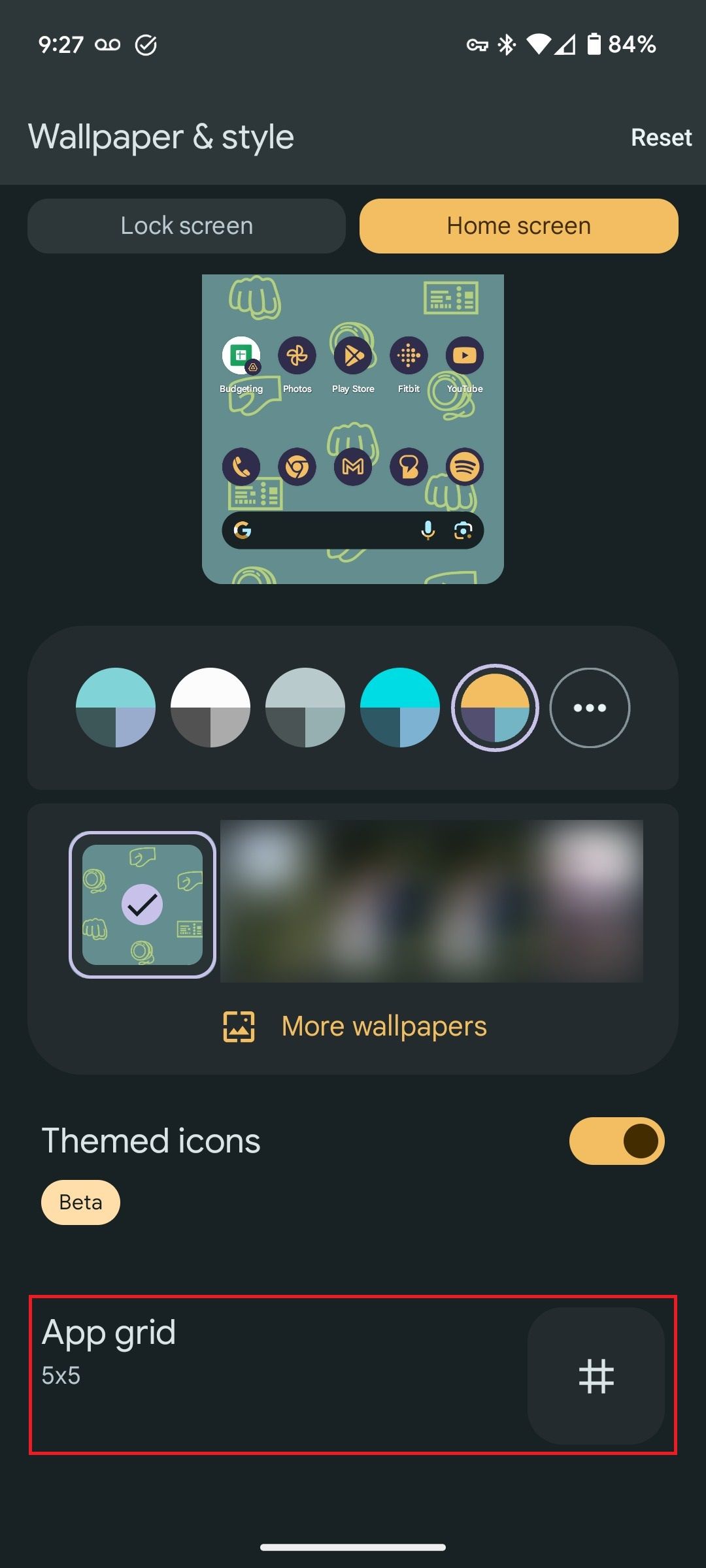
- Select the size of the app icons on your home screen and how large they appear.
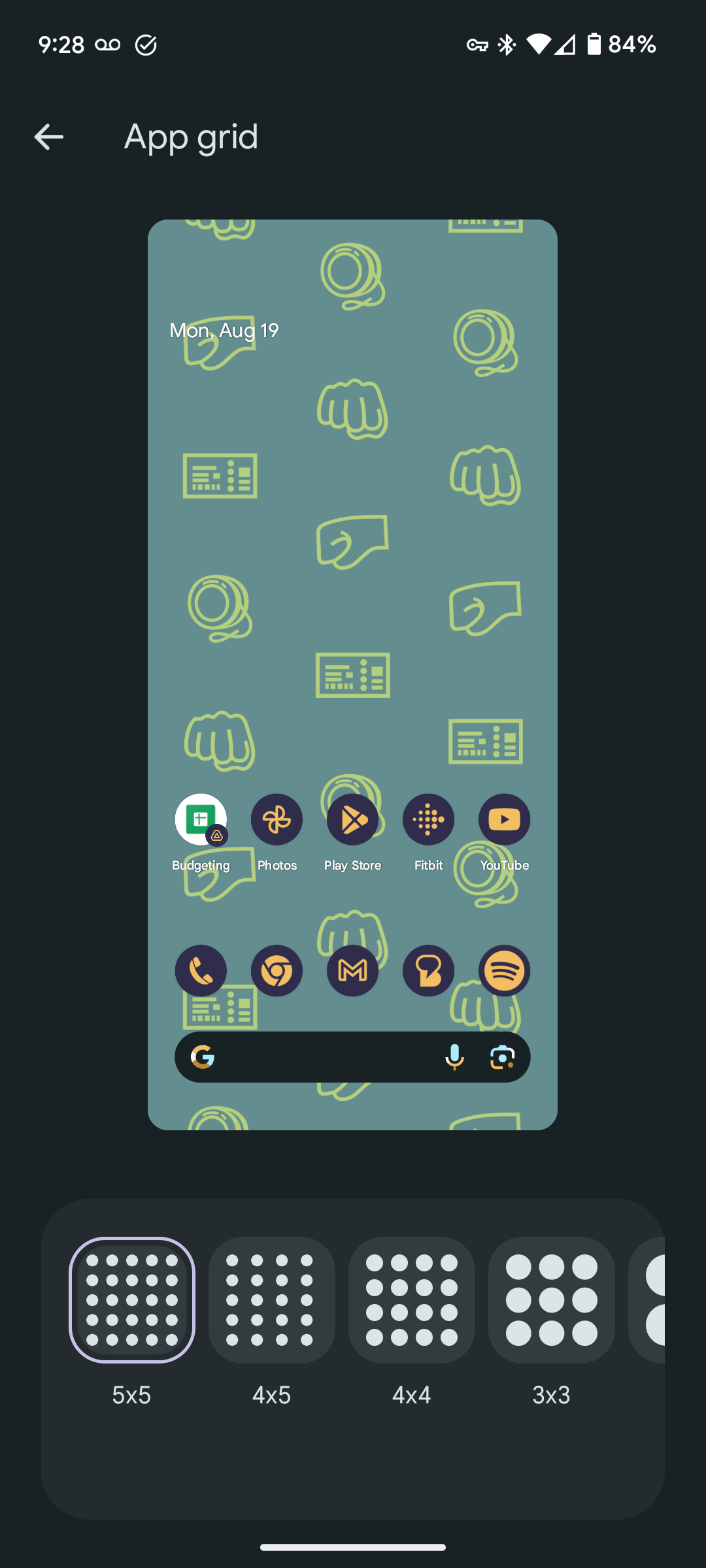
Widgets are great tools that show you information without going into an app. Some widgets let you accomplish quick tasks without going into an app. Here’s how to add them to your home screen.
- Tap and hold an empty space on your home screen.
- In the pop-up, select Widgets to see the list of available widgets.
- Use the Search box at the top of the page to find a specific widget or app name.
- When you find an app you want to add, long press it.
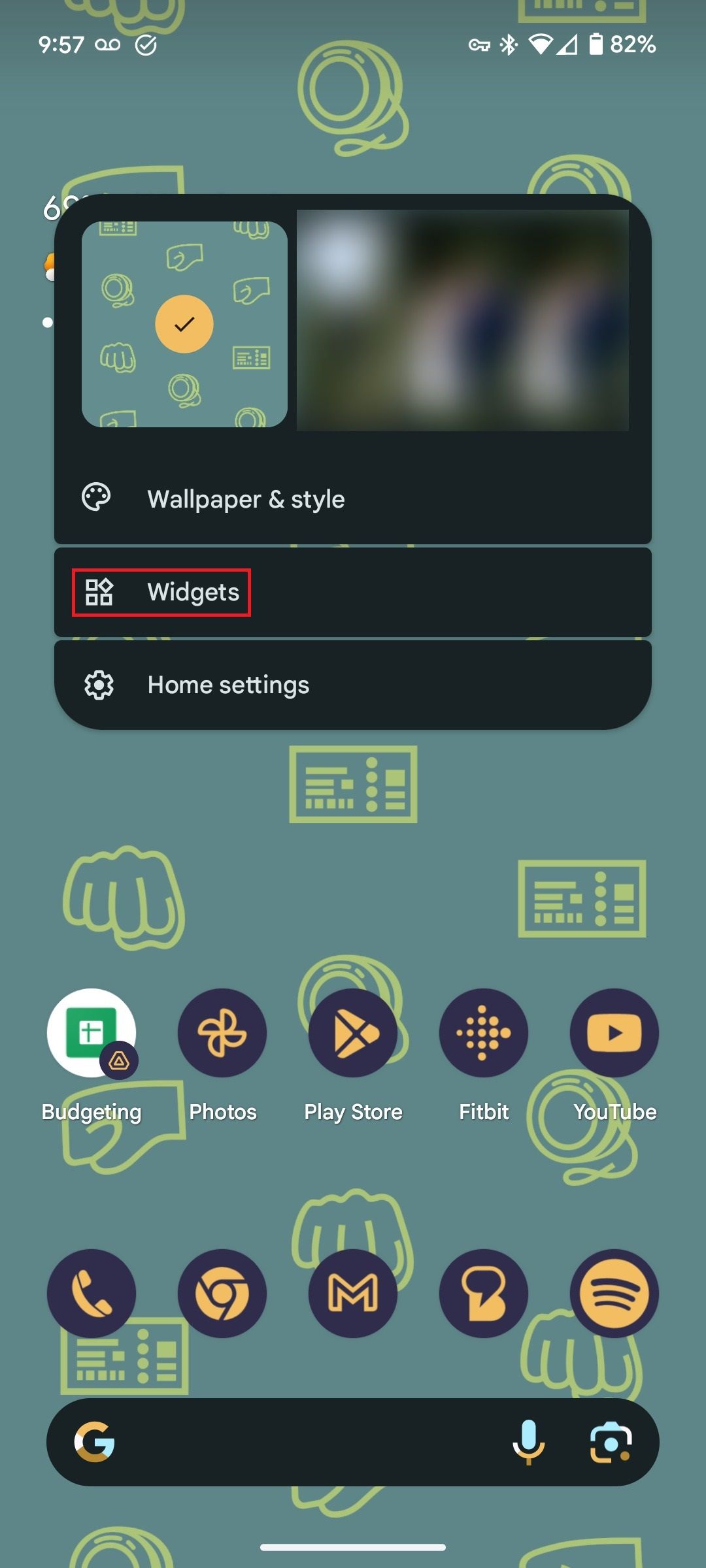
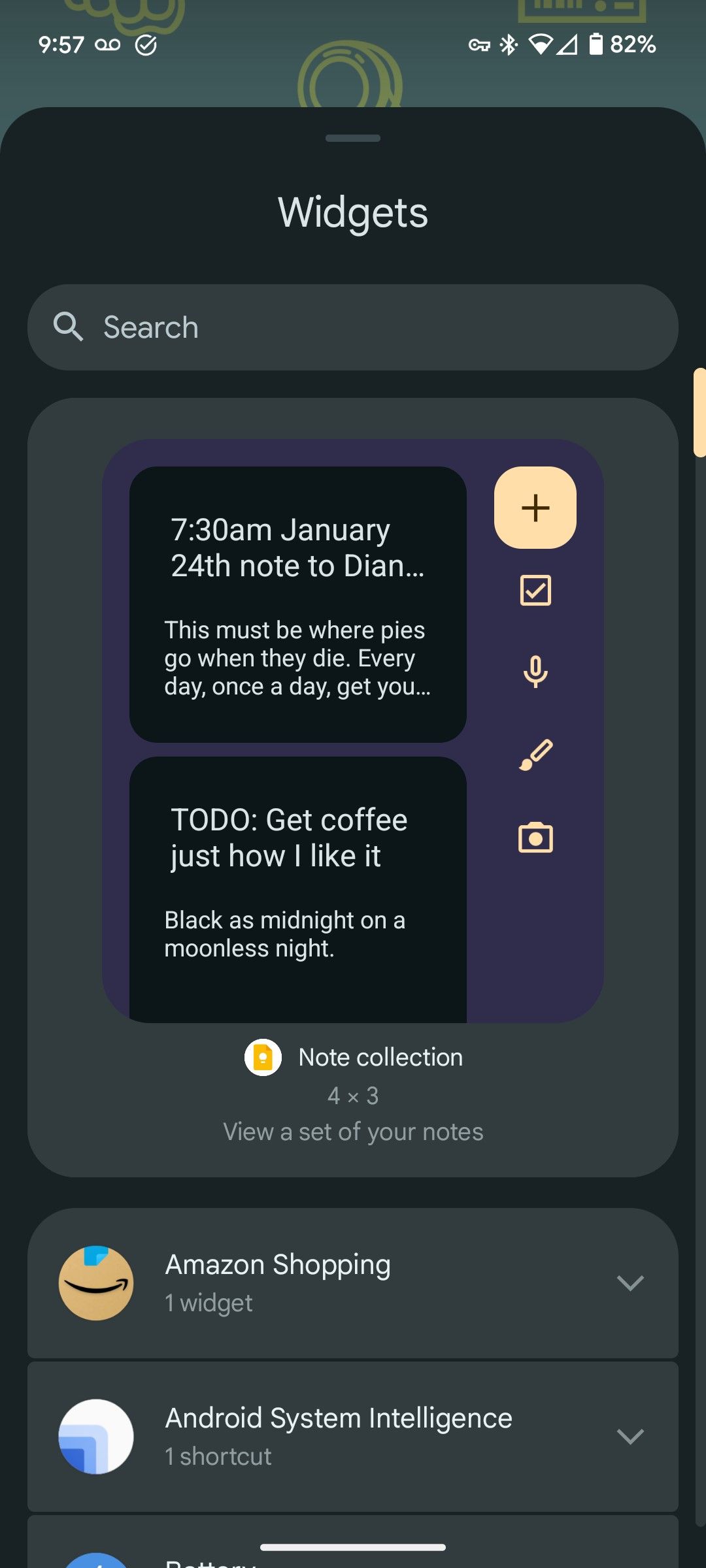
- You’ll see a preview of your home screen with the ability to move the widget around. When you find the spot you want to place it, release it.
- After placing a widget, resize it using the outline that appears. Tap and pull the dots at the edge of the border to resize your widget to the desired size.
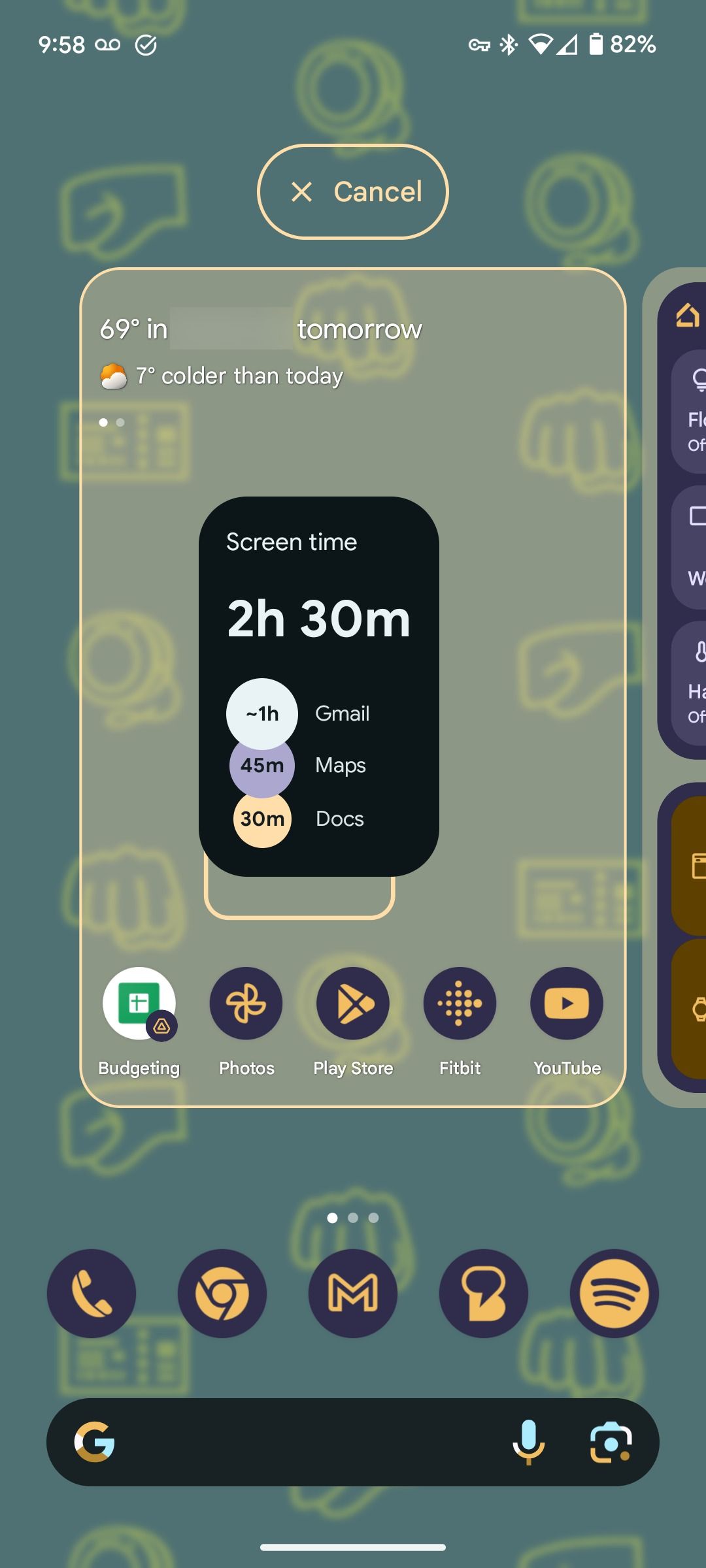
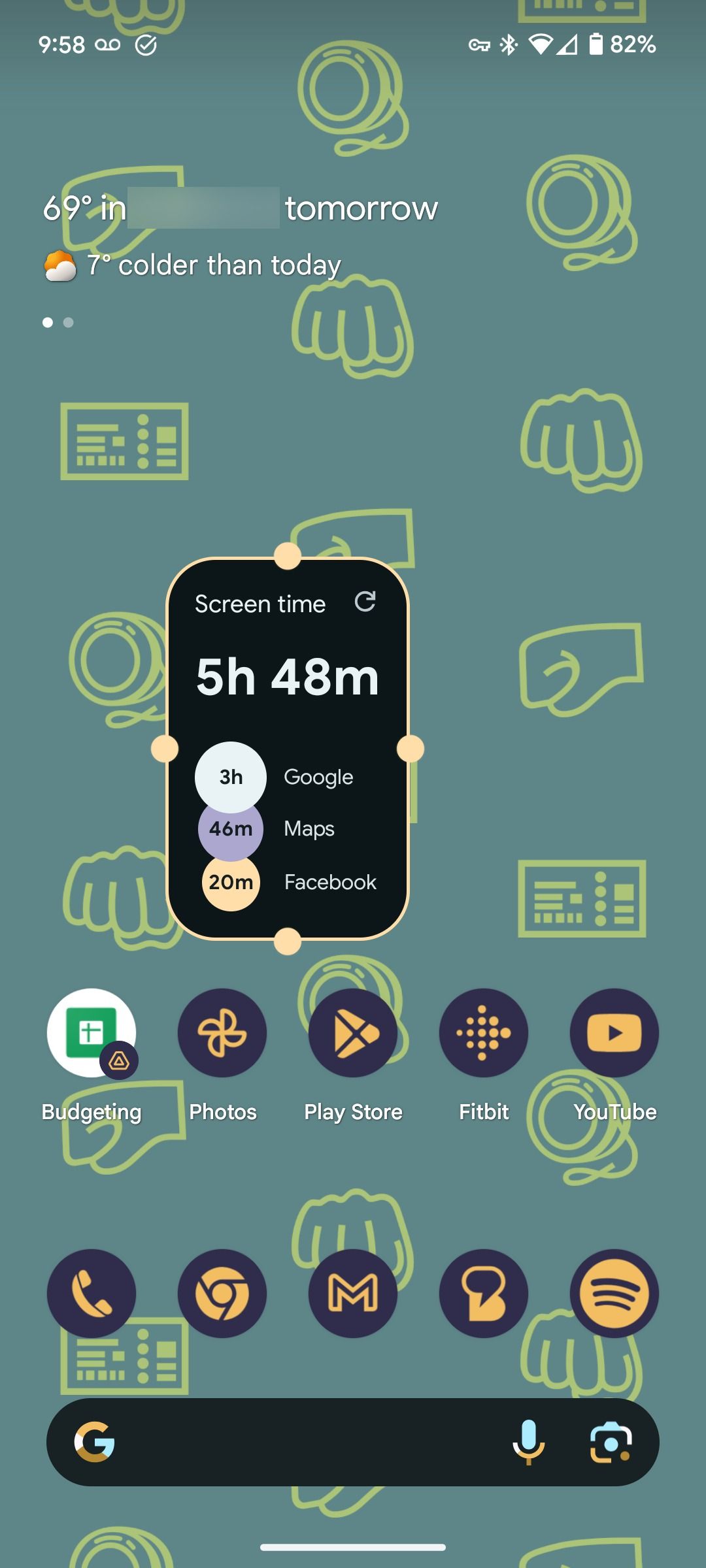
Widgets need a certain amount of space, so you may have to do some rearranging to fit them.
At a Glance
There is a perpetual widget at the top of your main home screen called At a Glance. At a Glance uses Google’s AI to provide personalized and relevant information at the top of your screen. For example, it shows upcoming calendar appointments when you’re a short time away or your alarm for the next morning.
- On your main home screen, tap and hold the At a Glance widget.
- Select Customize in the pop-up menu.
- Select the gear icon next to the At a Glance option in the settings menu, which is highlighted.
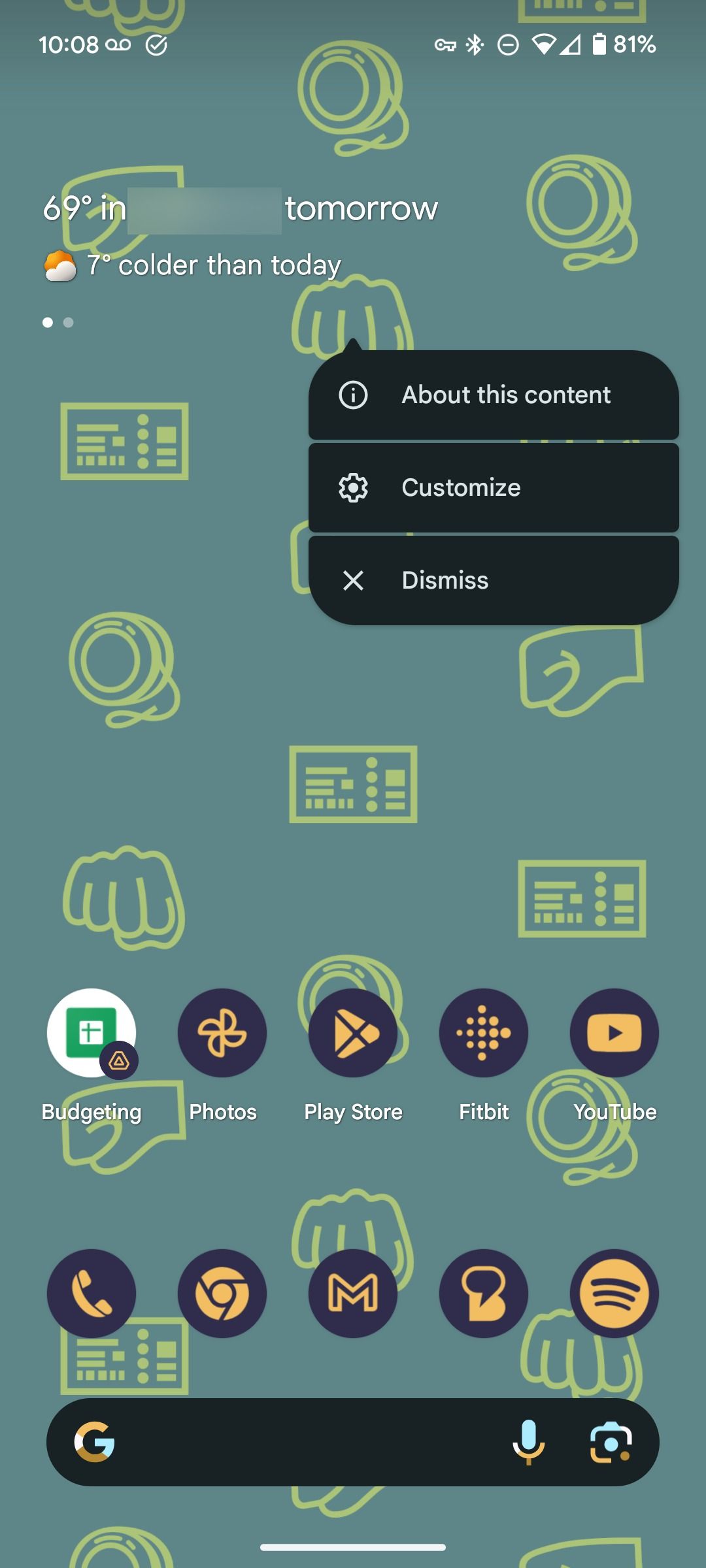
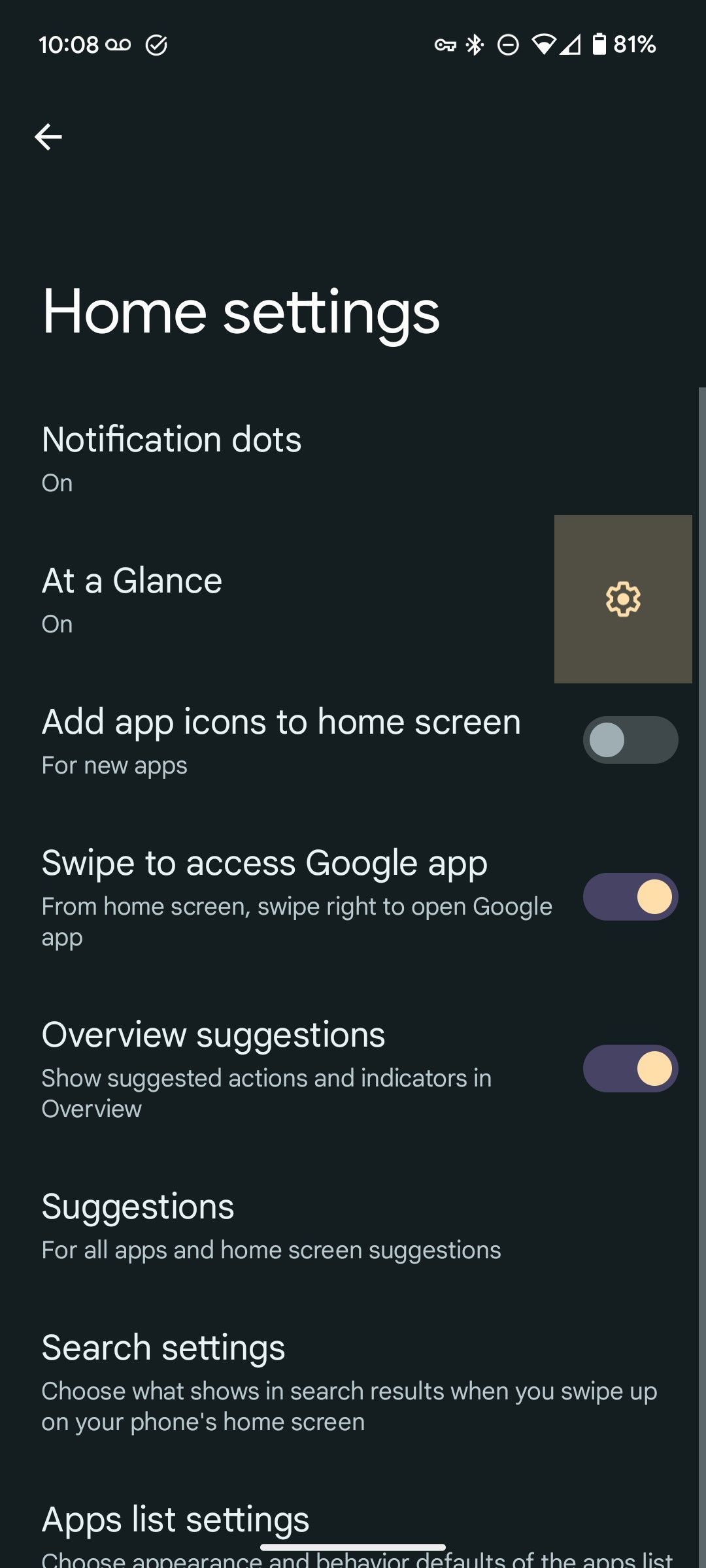
- Turn At a Glance on or off and select what information appears in the widget.
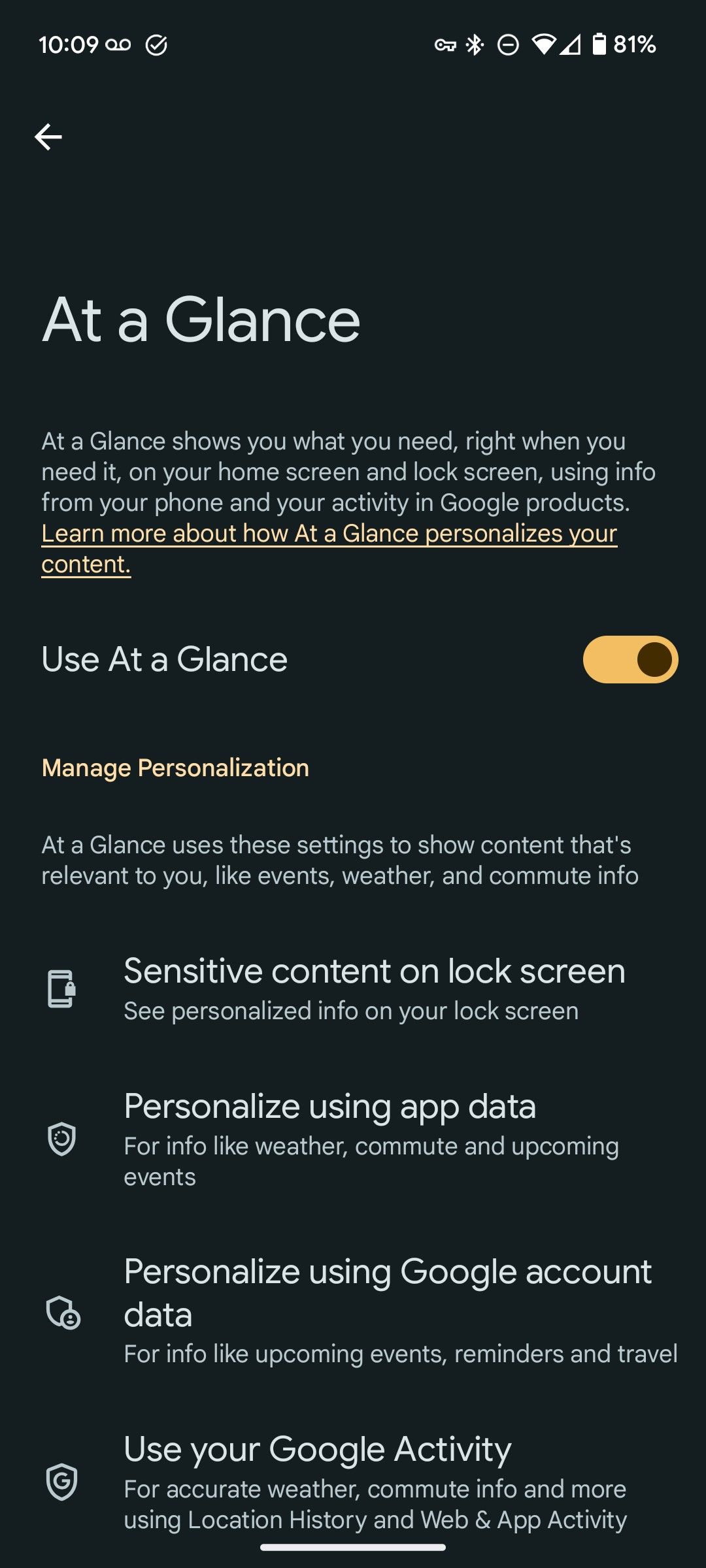
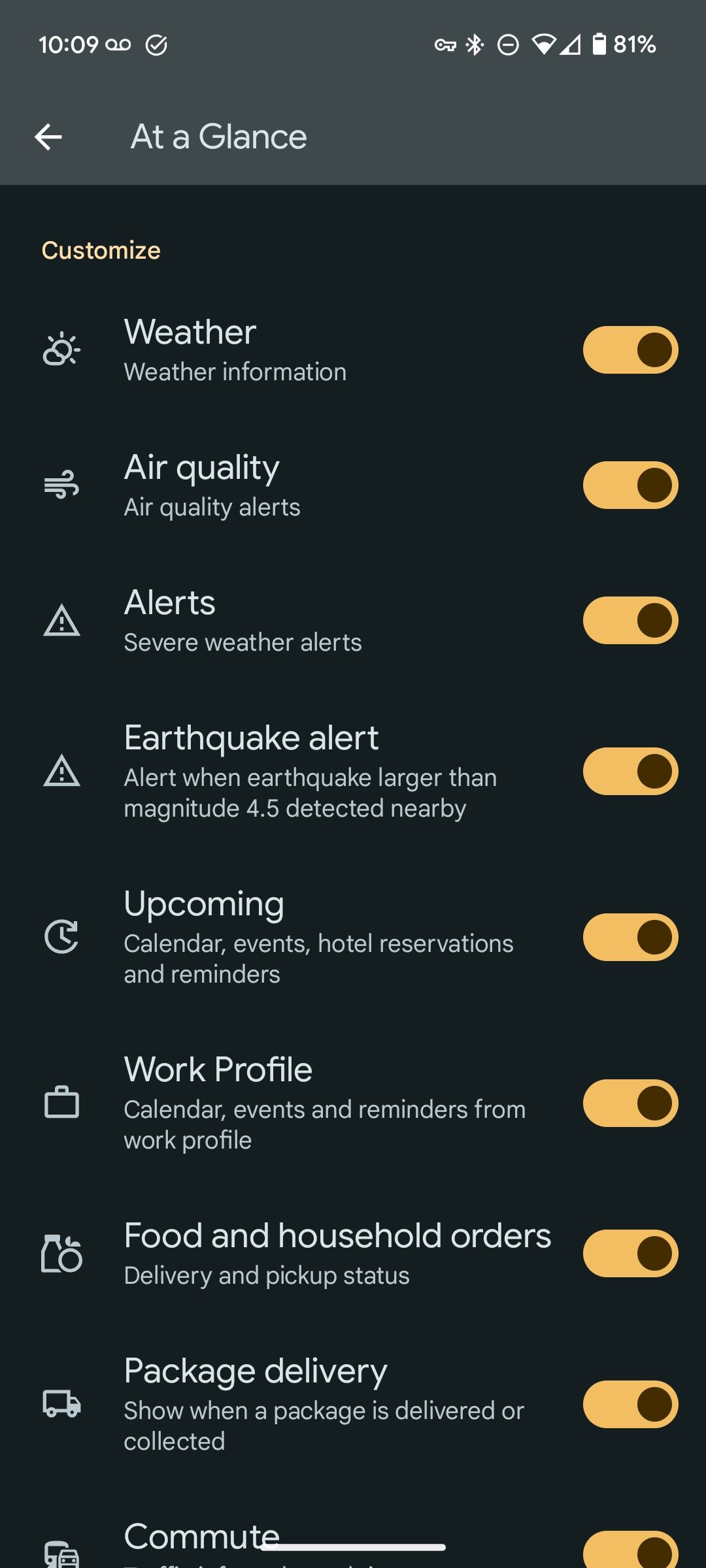
See the news with Google Discover
A useful feature included in the Pixel Launcher is Google Discover, which shows articles Google deems relevant to you. You can turn this option on or off and customize it.
- Tap and hold an empty part of your home screen.
- Select Home settings from the list of options in the pop-up.
- Next to the Swipe to access Google app option, turn the feature on or off.
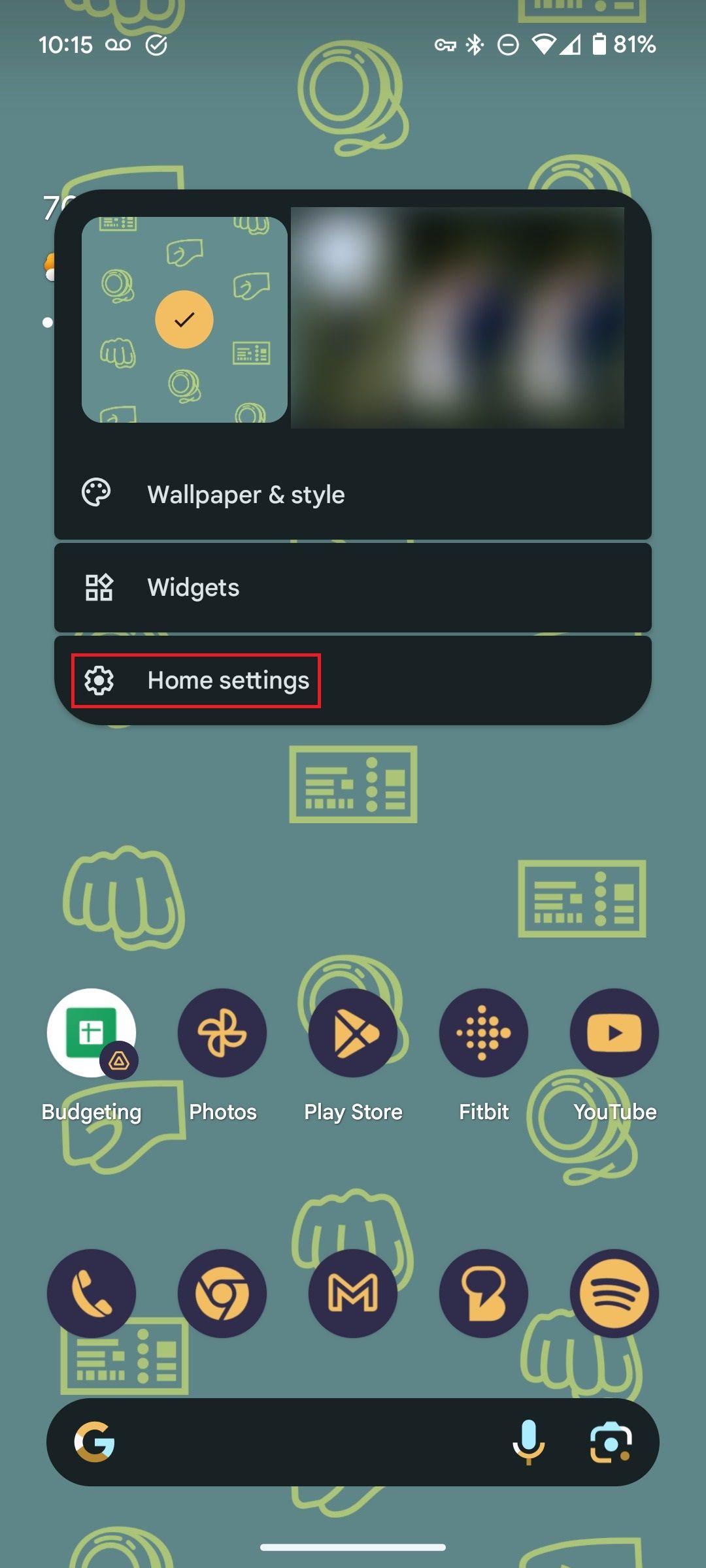
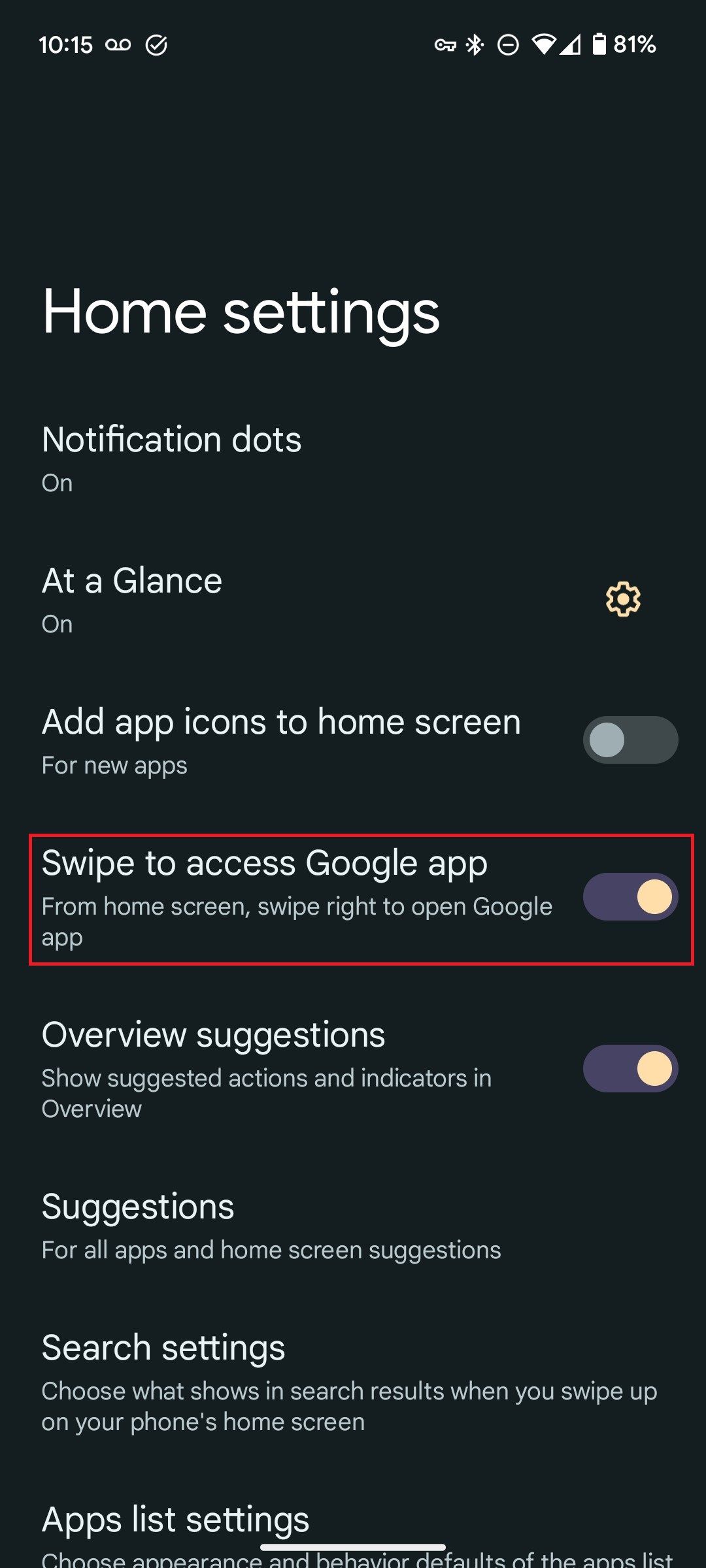
If you leave the feature on, customize your Google Discover feed to make sure the content that shows up is relevant.
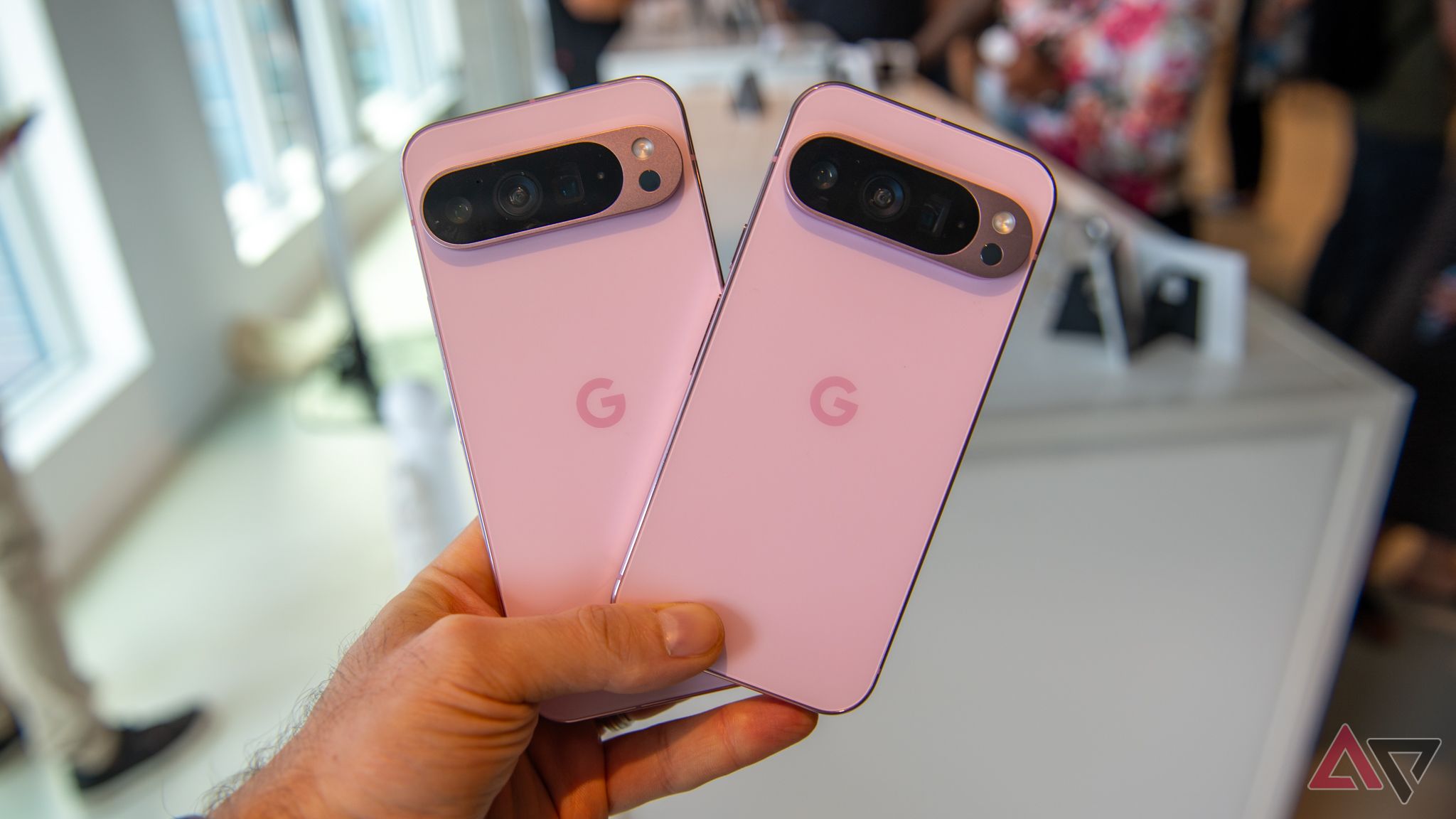
Related
5 distinct ways the Google Pixel 9 Pro differs from the Pixel 9 Pro XL
More than just a size difference
Customize to your heart’s content
The Google Pixel 9 series of phones has a great design and a lot of compelling features. They also provide many ways to customize your phone so that you can make it distinctly yours. In addition to these customizations, the Pixel launcher provides other great Google smarts you should take advantage of.
-
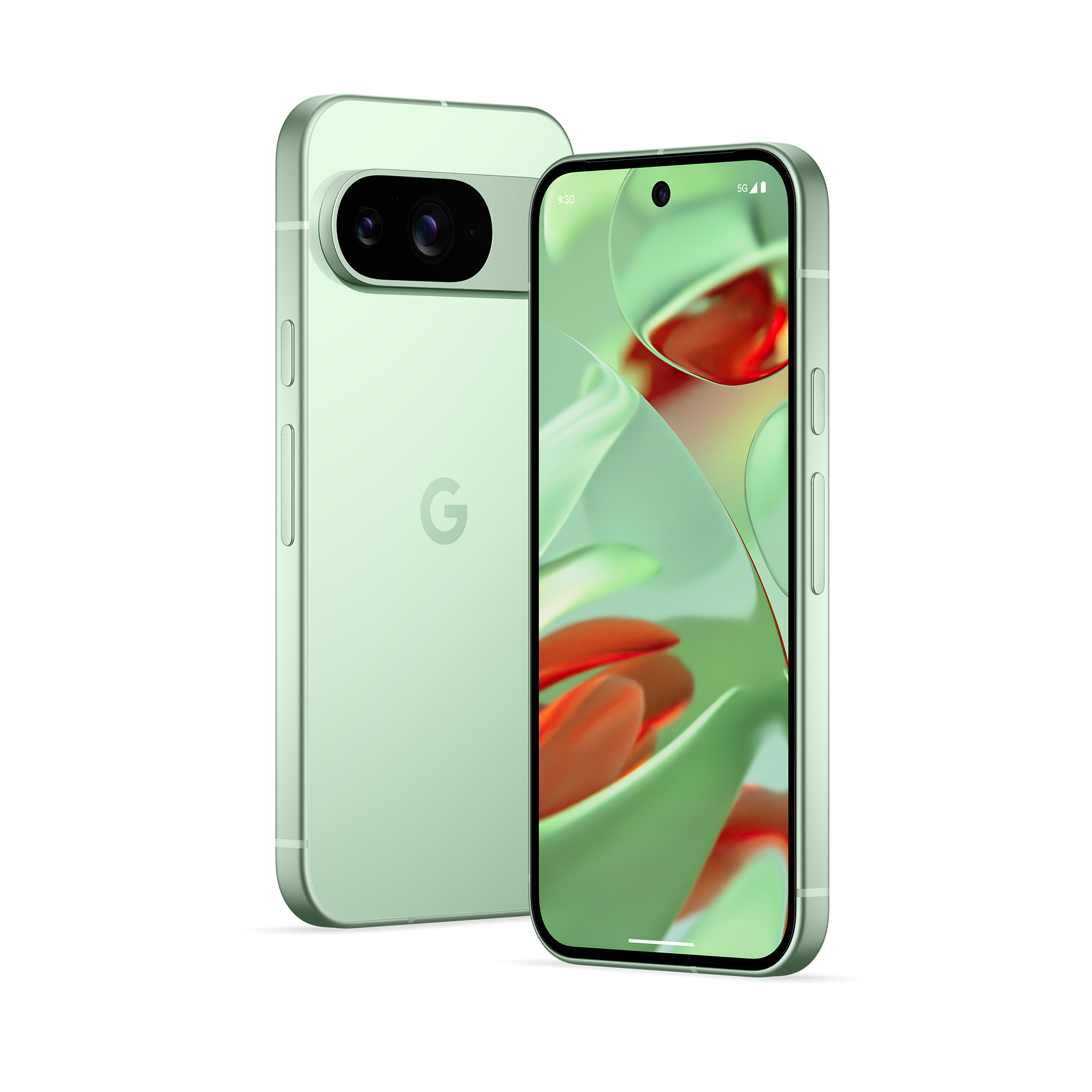
Google Pixel 9
The Pixel 9 is Google’s most affordable 2024 flagship, making a few compromises when compared to the Pixel 9 Pro and Pro XL while retaining the Google smarts the lineup has become known for. An upgraded 48MP ultra-wide camera is paired with a 50MP main shooter, and the selfie cam added autofocus. All of this comes with new Gemini AI features and a 2,700-nit Actua display for exceptional value at its price point.
-
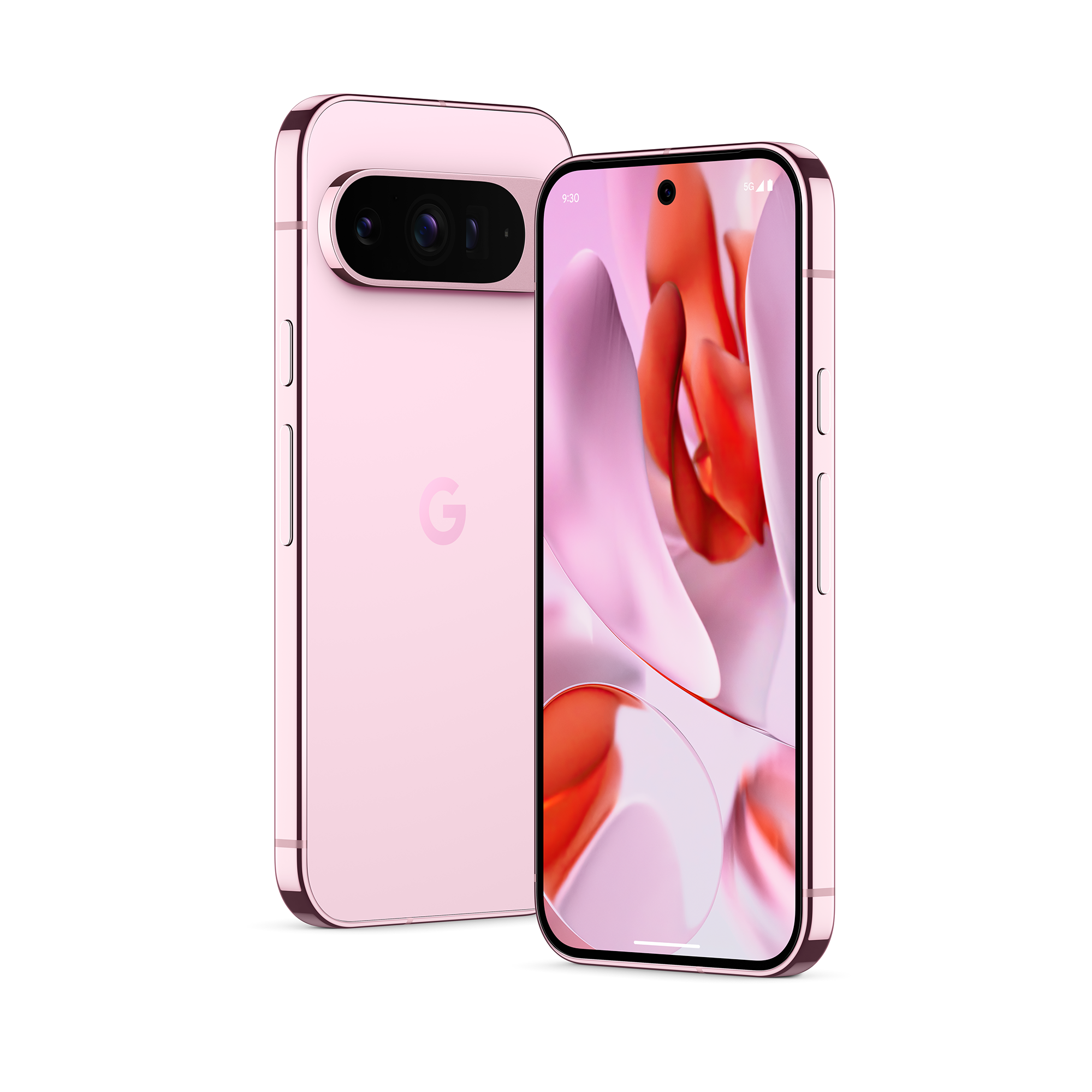
Google Pixel 9 Pro
The Pixel 9 Pro is a new addition to Google’s lineup, slotting in as a smaller premium flagship to pair with the Pixel 9 Pro XL. The latter is the direct successor to 2023’s Pixel 8 Pro despite its new XL moniker, whereas the Pixel 9 Pro brings a new form-factor to Google’s high-end offerings, sporting the same dimensions as the standard Pixel 9 model while packing all the AI and camera prowess we’ve grown accustomed to from Google’s Pro lineup.
-
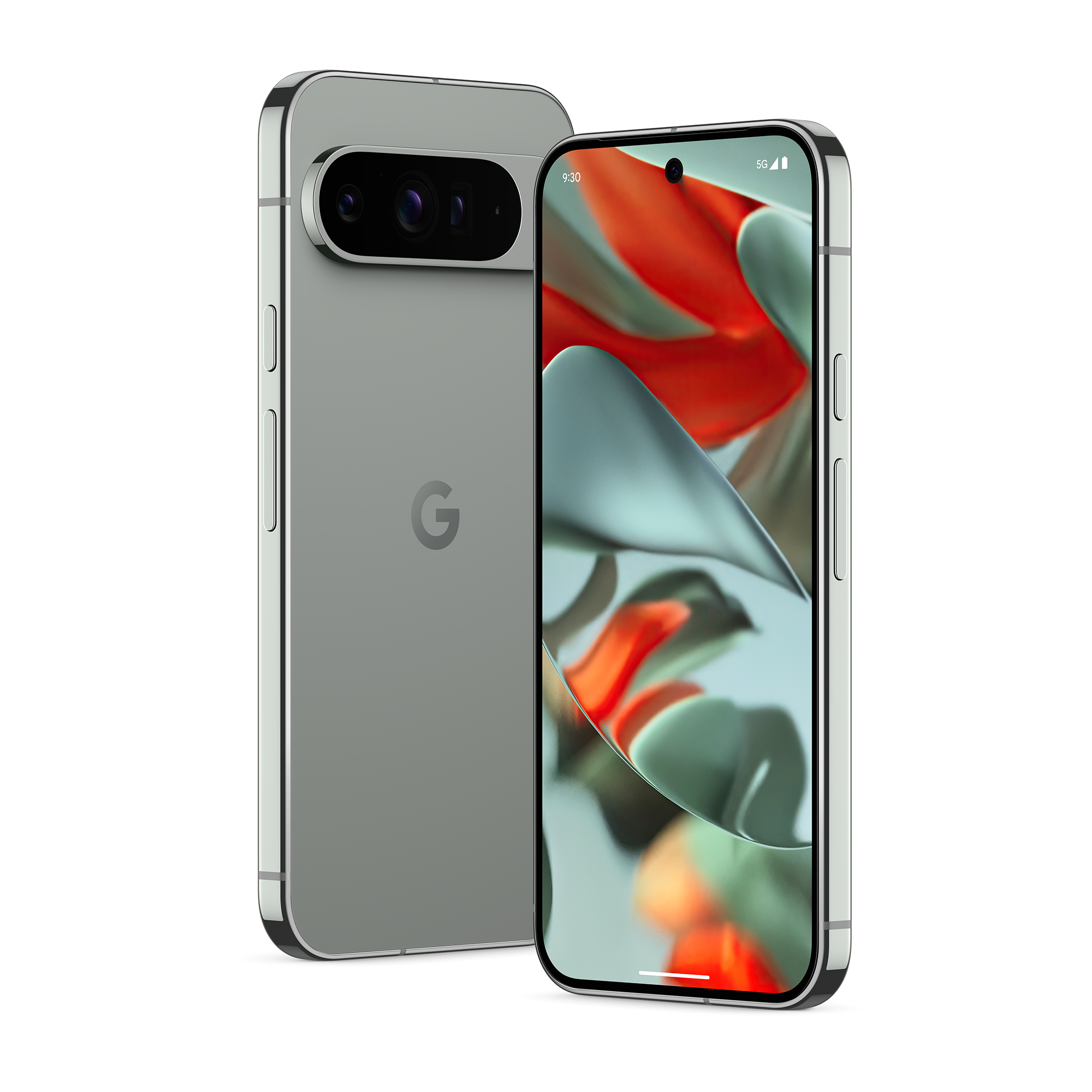
Google Pixel 9 Pro XL
The Pixel 9 Pro XL has a new name, but it fills the same slot as 2023’s Pixel 8 Pro, having similar specs with roughly the same footprint. The non-XL Pixel 9 Pro is new to the lineup as a smaller premium flagship offering. With the 9 Pro XL, however, you get Google’s fastest charging, a bigger screen and battery, and all of the camera and Gemini AI smarts you’d get in the smaller 9 Pro.
-
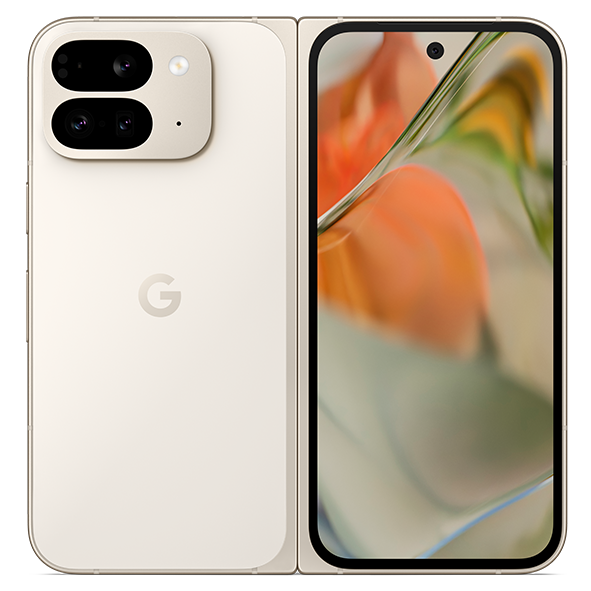
Google Pixel 9 Pro Fold
Google’s foldable series now has a new name! The successor to the 2023-released Pixel Fold is the Pixel 9 Pro Fold, starting at $1,800.
The Pixel 9 Pro Fold boasts a bigger eight-inch Super Actua inner display, paired with a 6.3-inch outer display. It is powered by Google’s new Tensor G4 chipset, paired with 16GB of RAM and a Titan M2 security coprocessor, making it faster than its predecessor, at least on paper.
Apart from the US, UK, Germany, and Japan, Google’s flagship foldable is now also available in Canada, Austria, Belgium, Denmark, Finland, France, Ireland, the Netherlands, Norway, Switzerland, Sweden, Australia, India, Singapore, and Taiwan.
Source link

